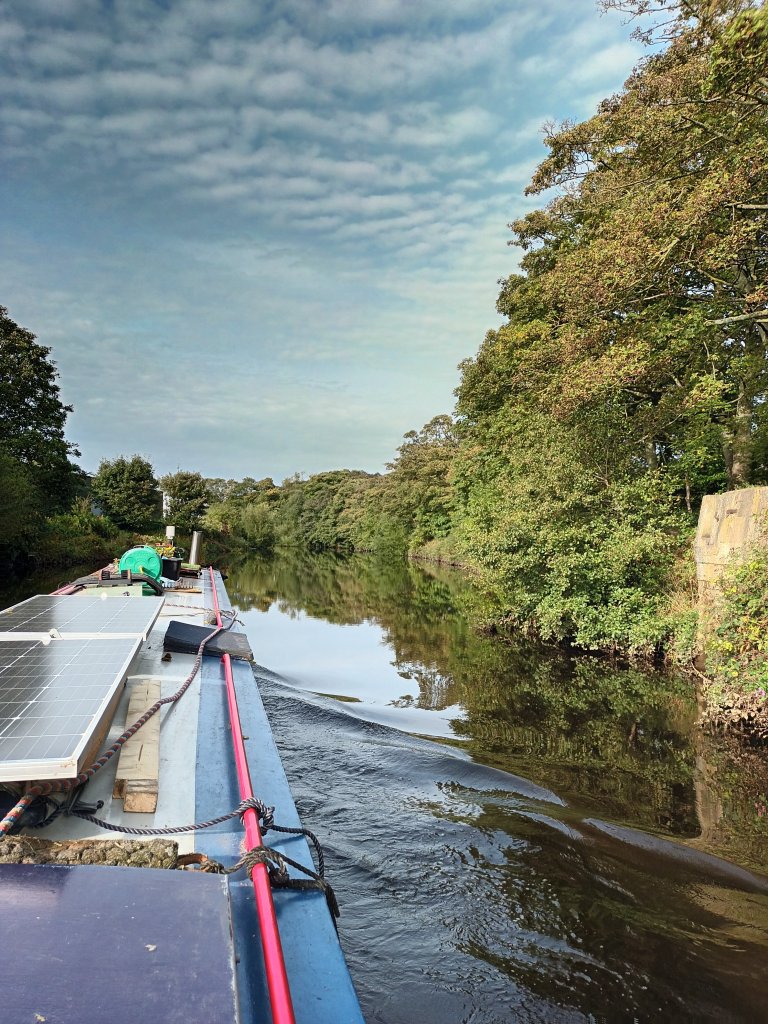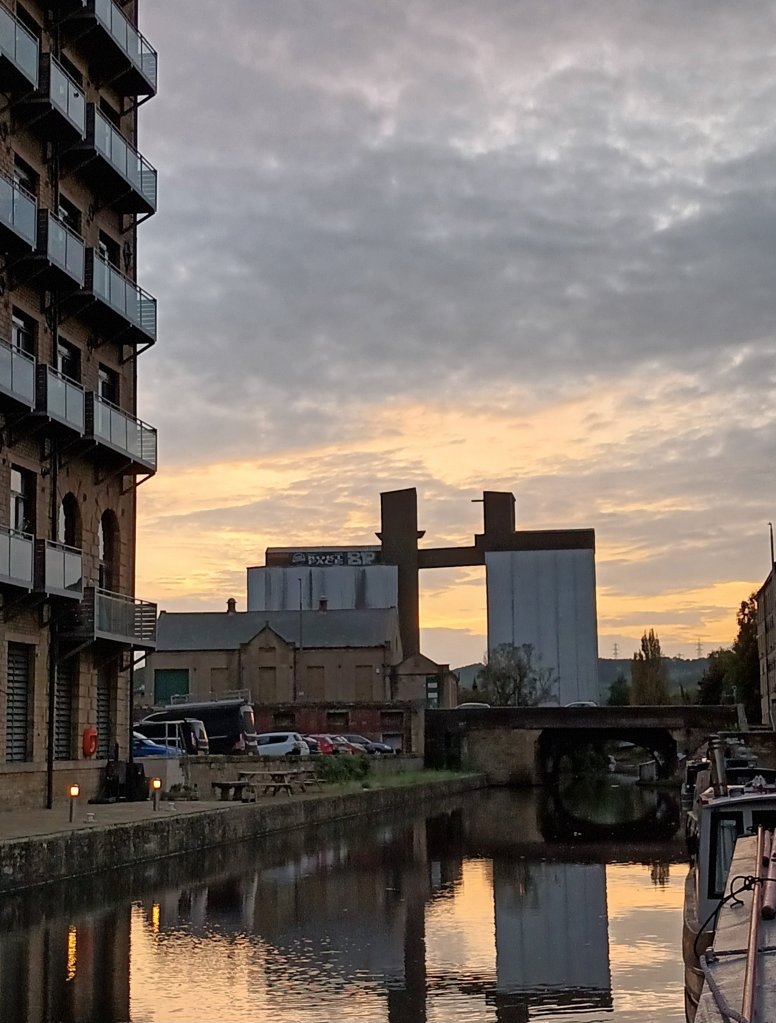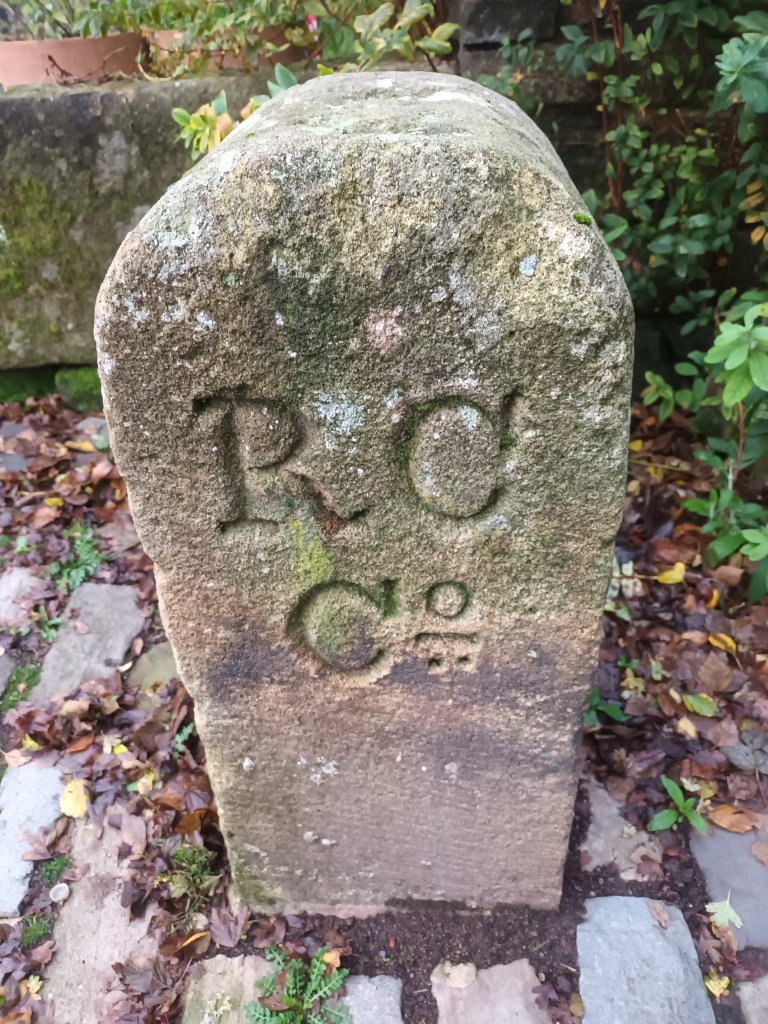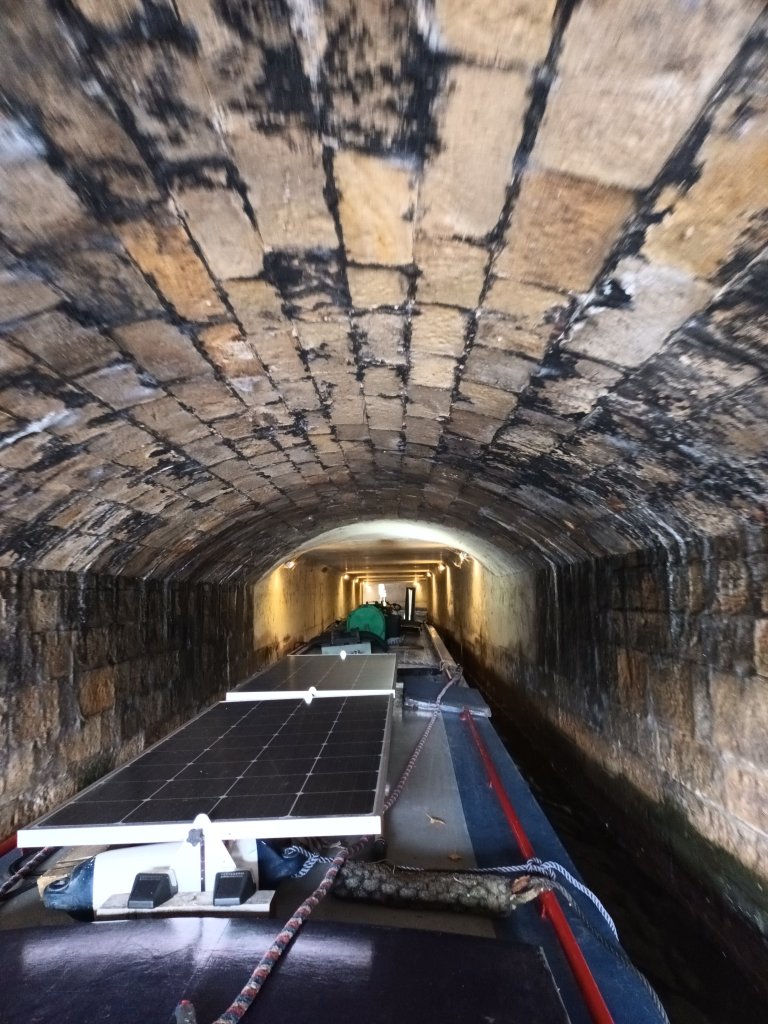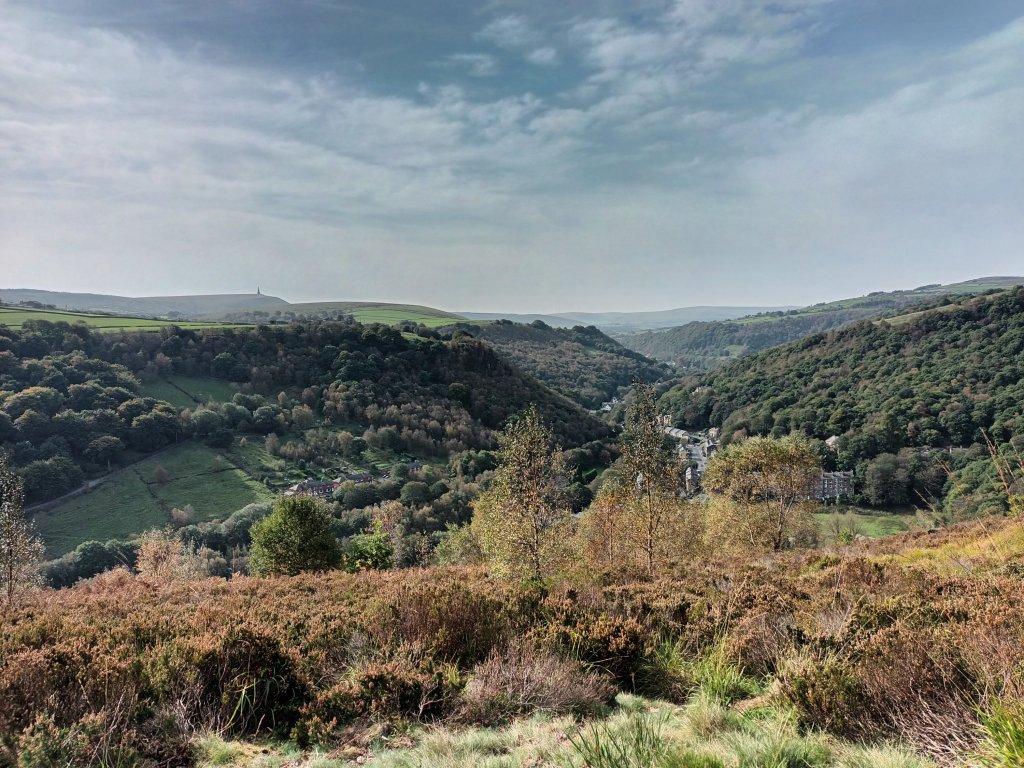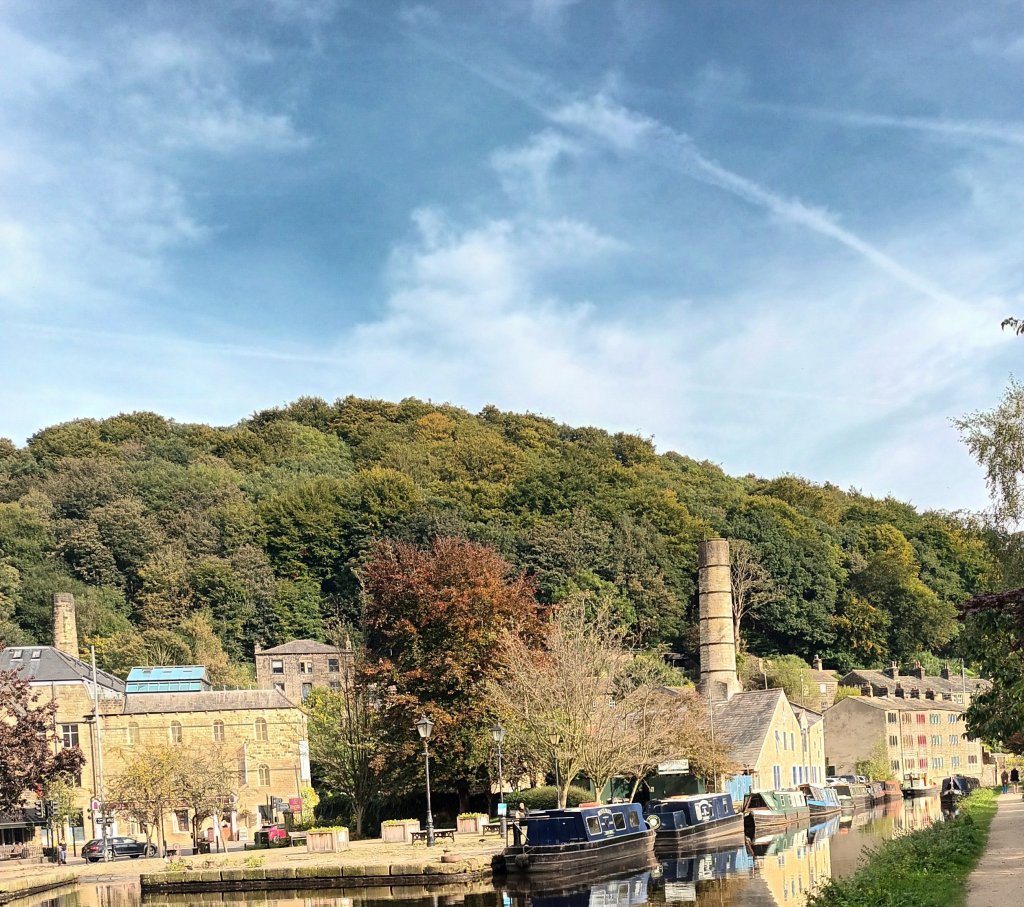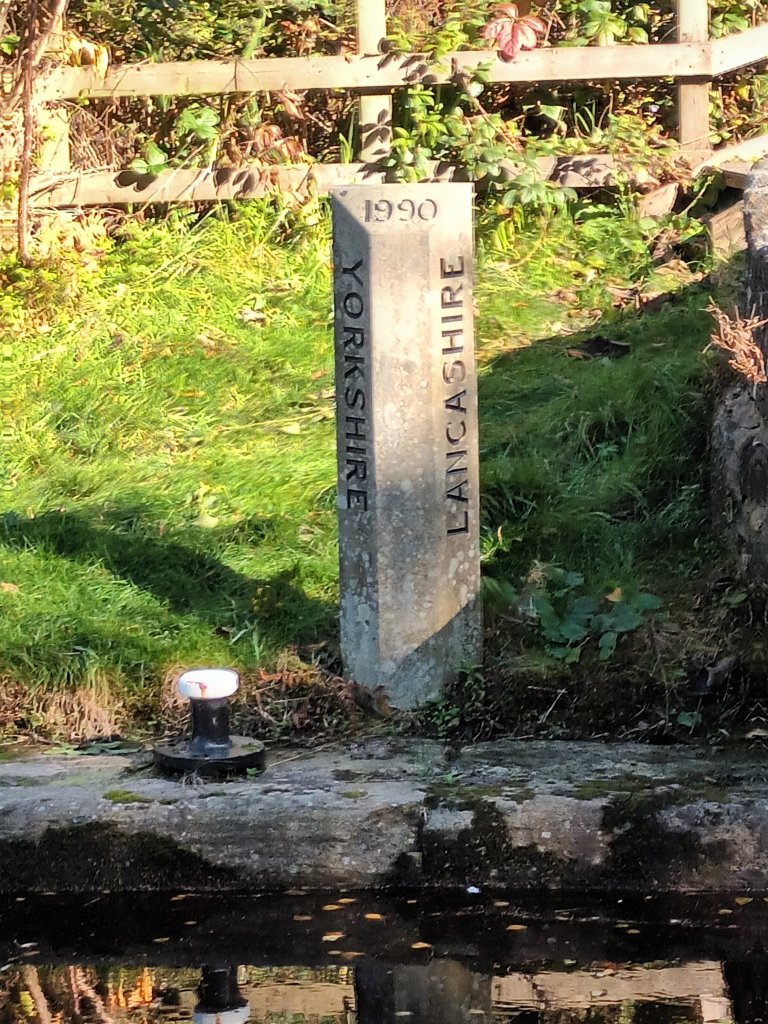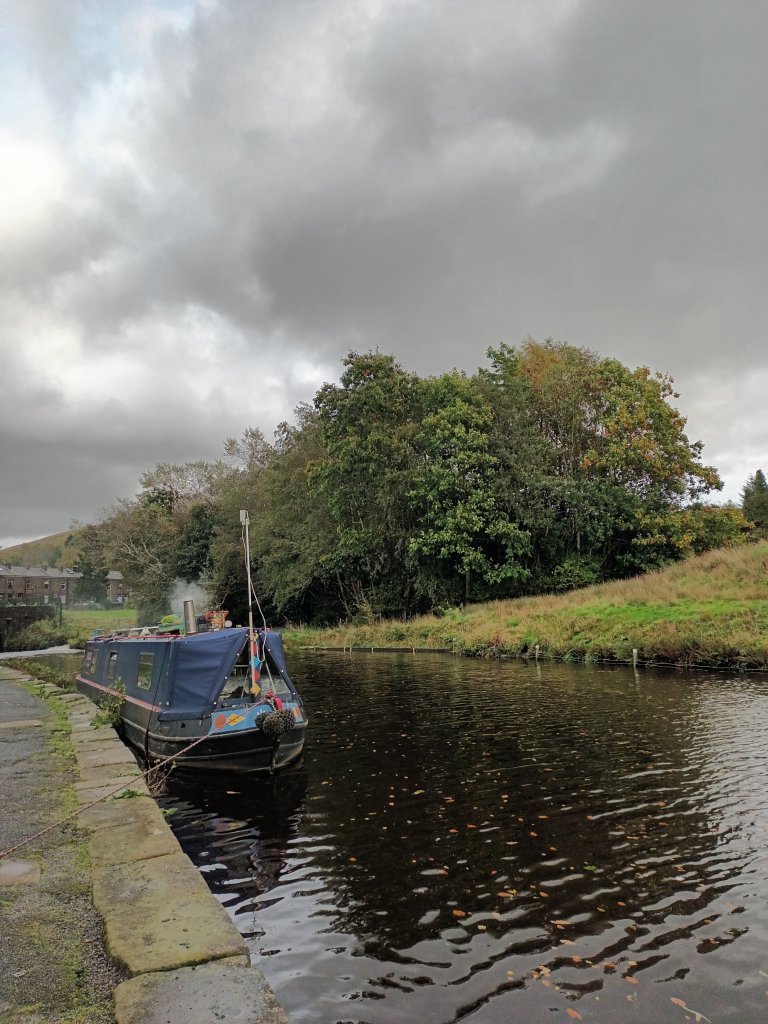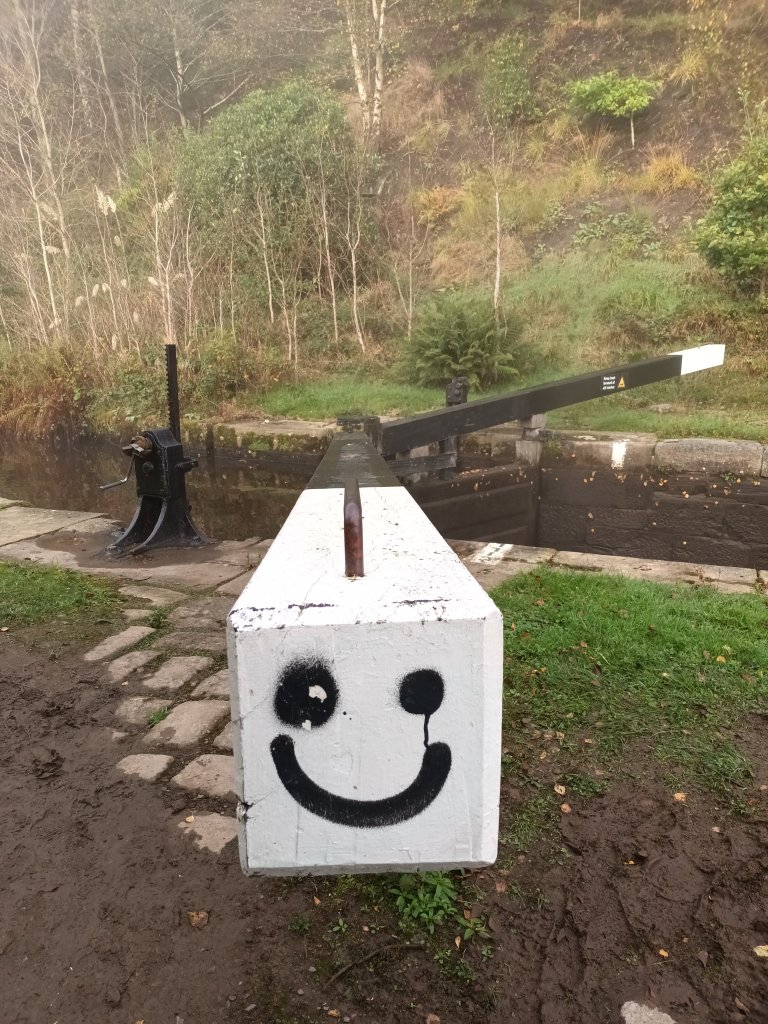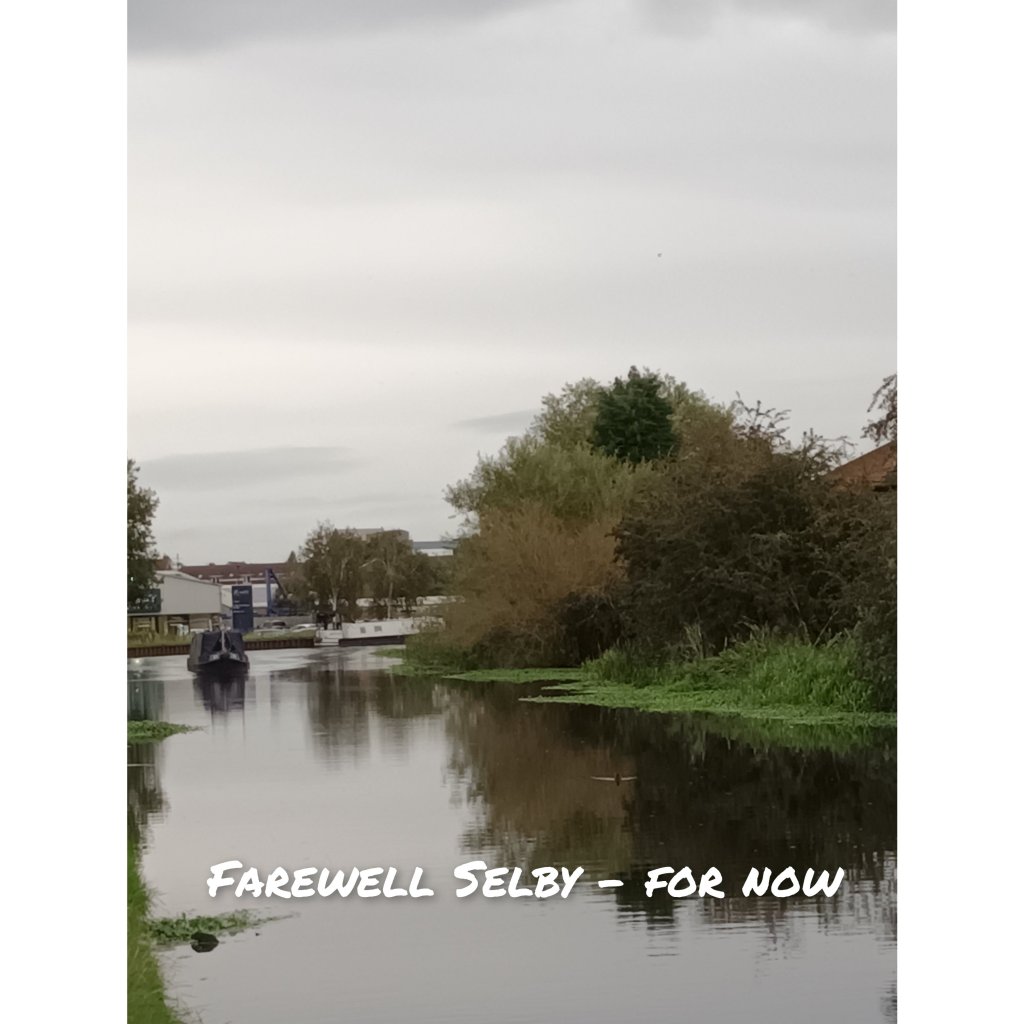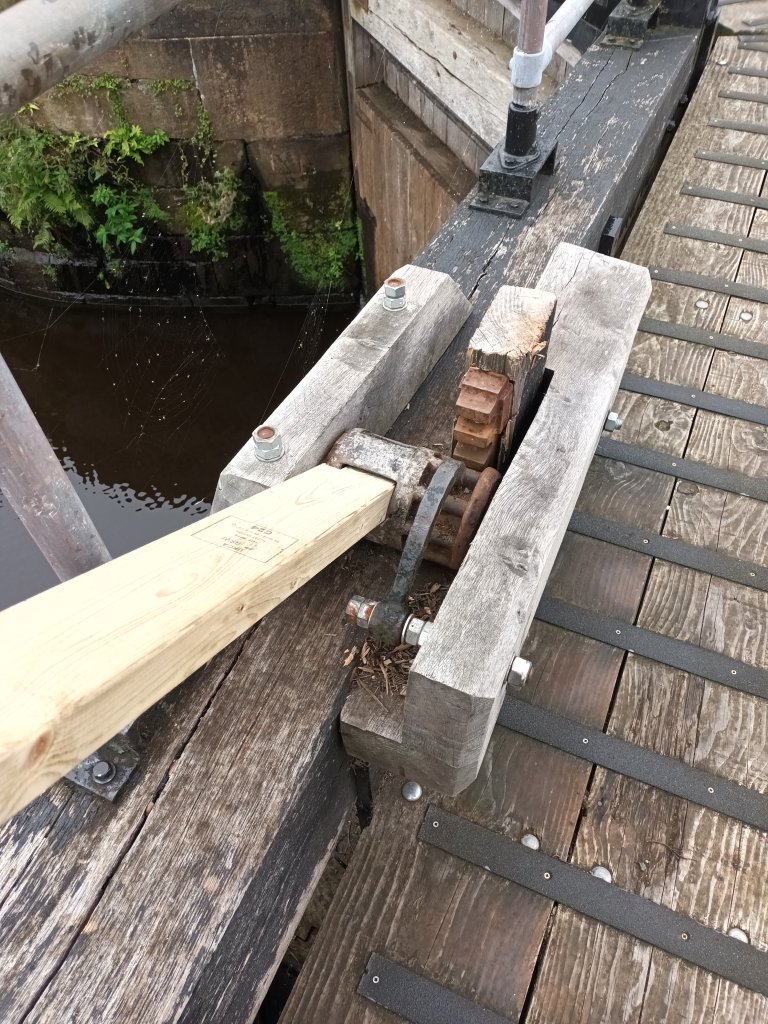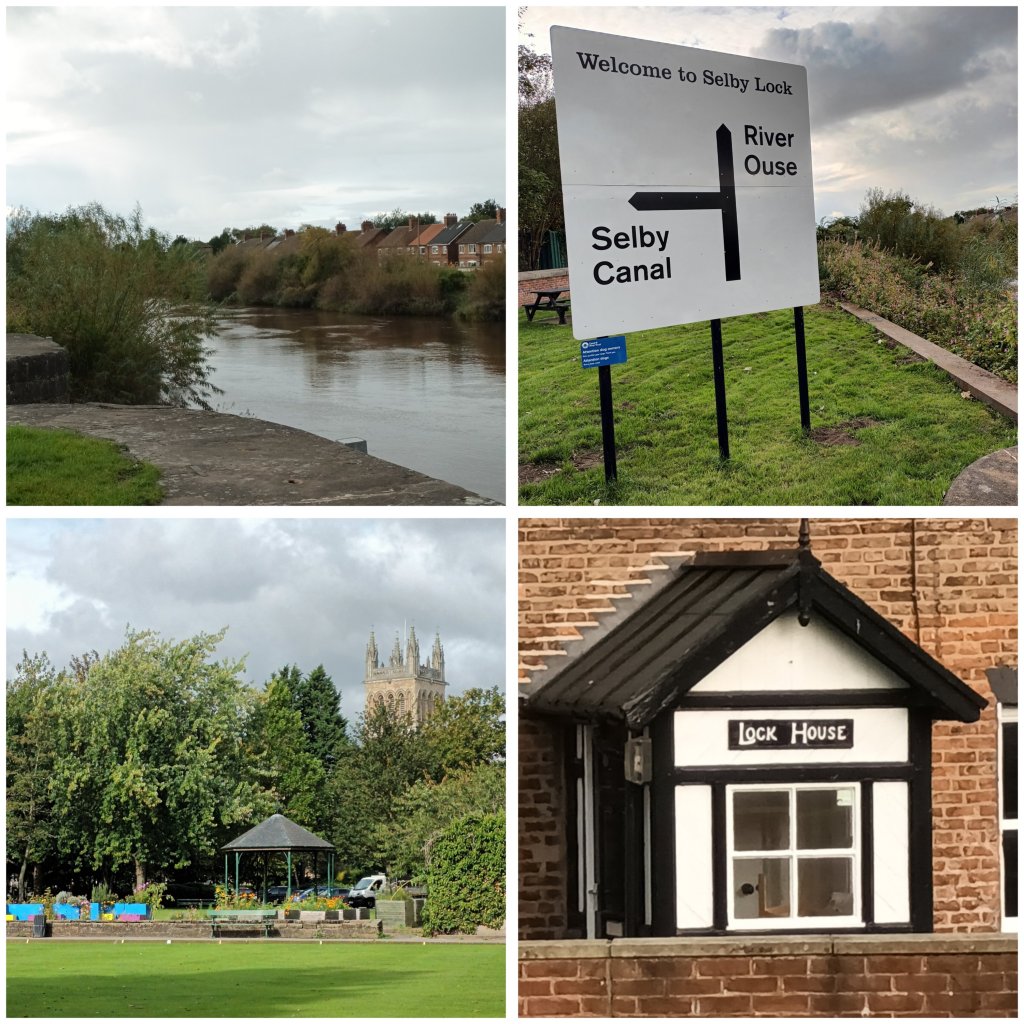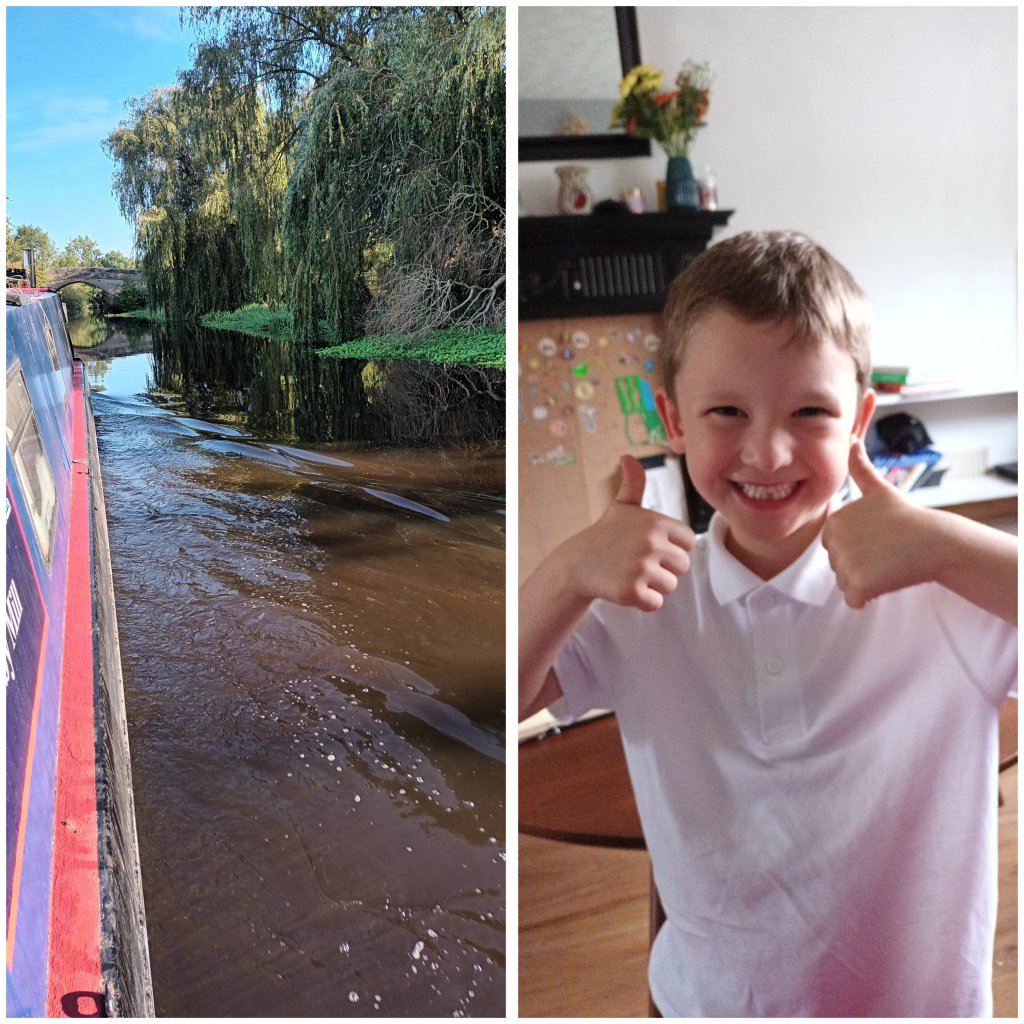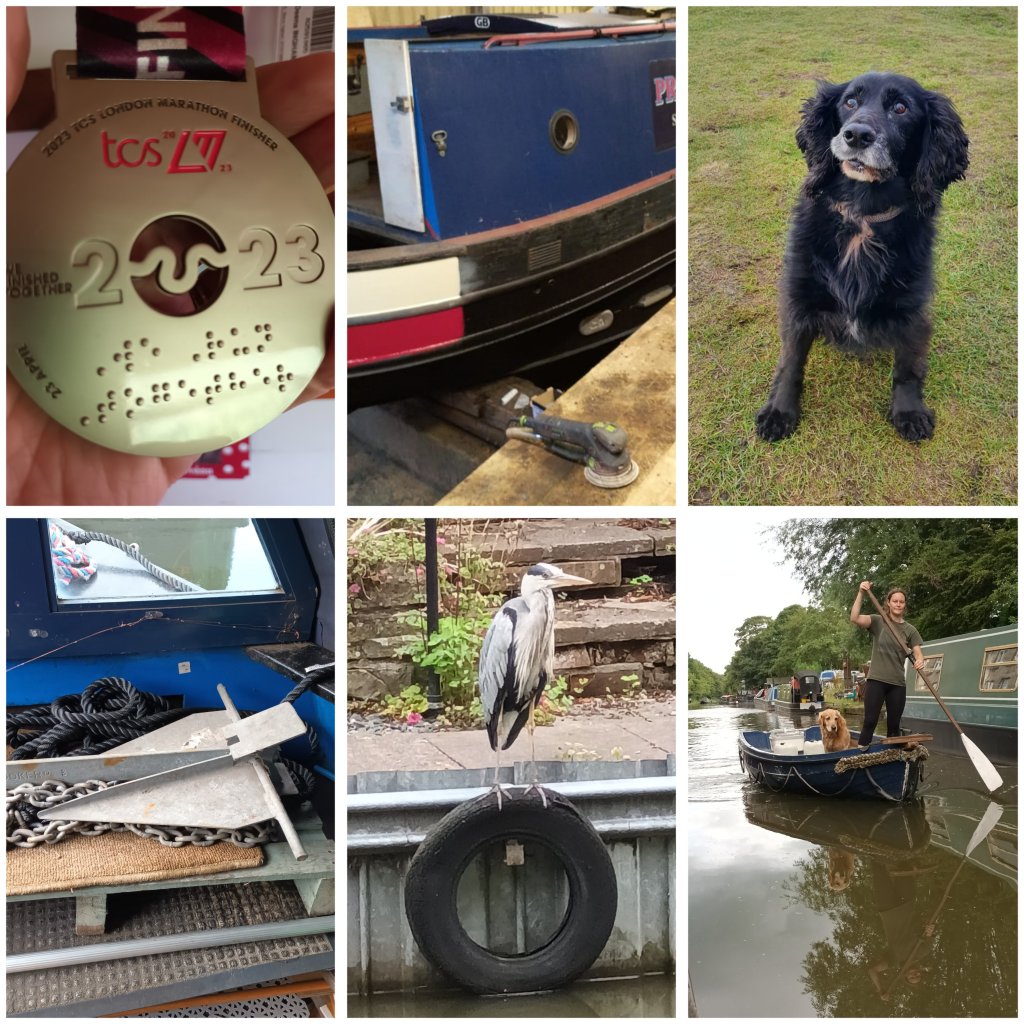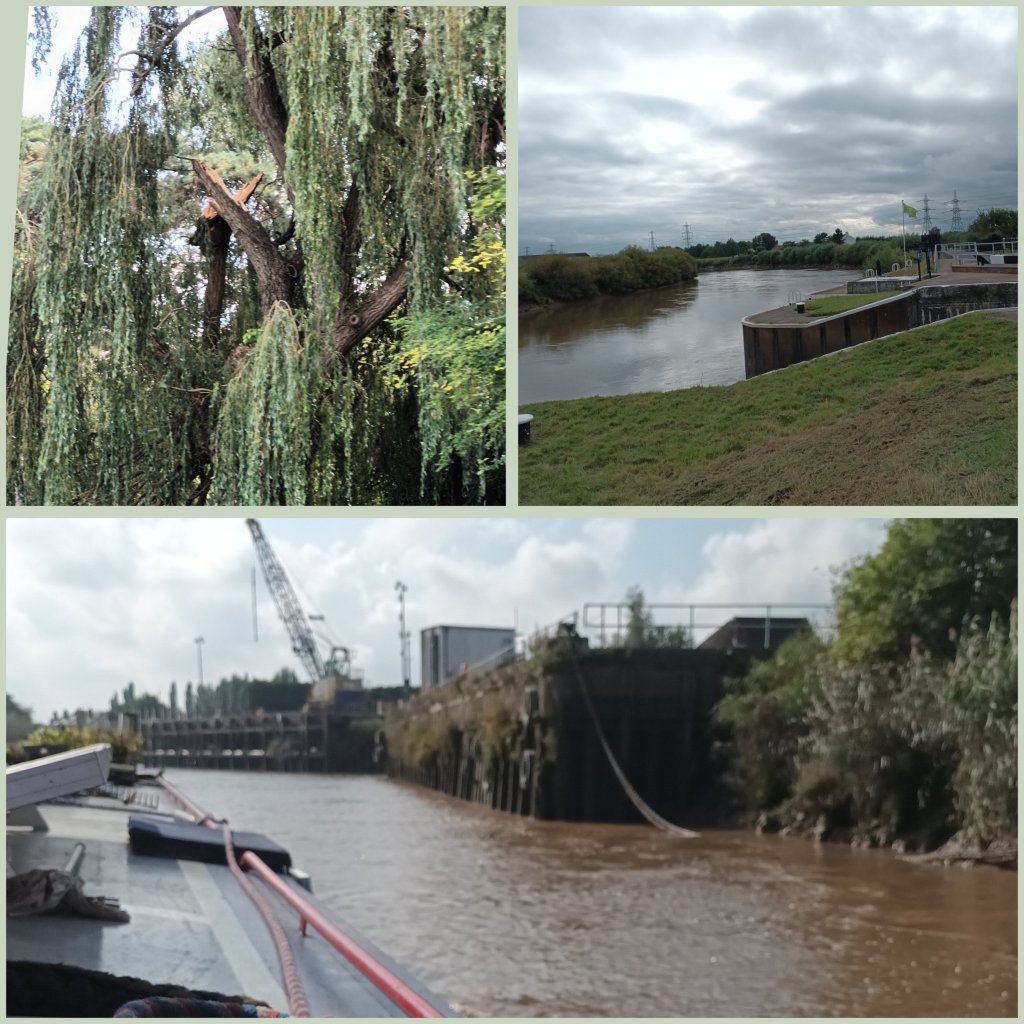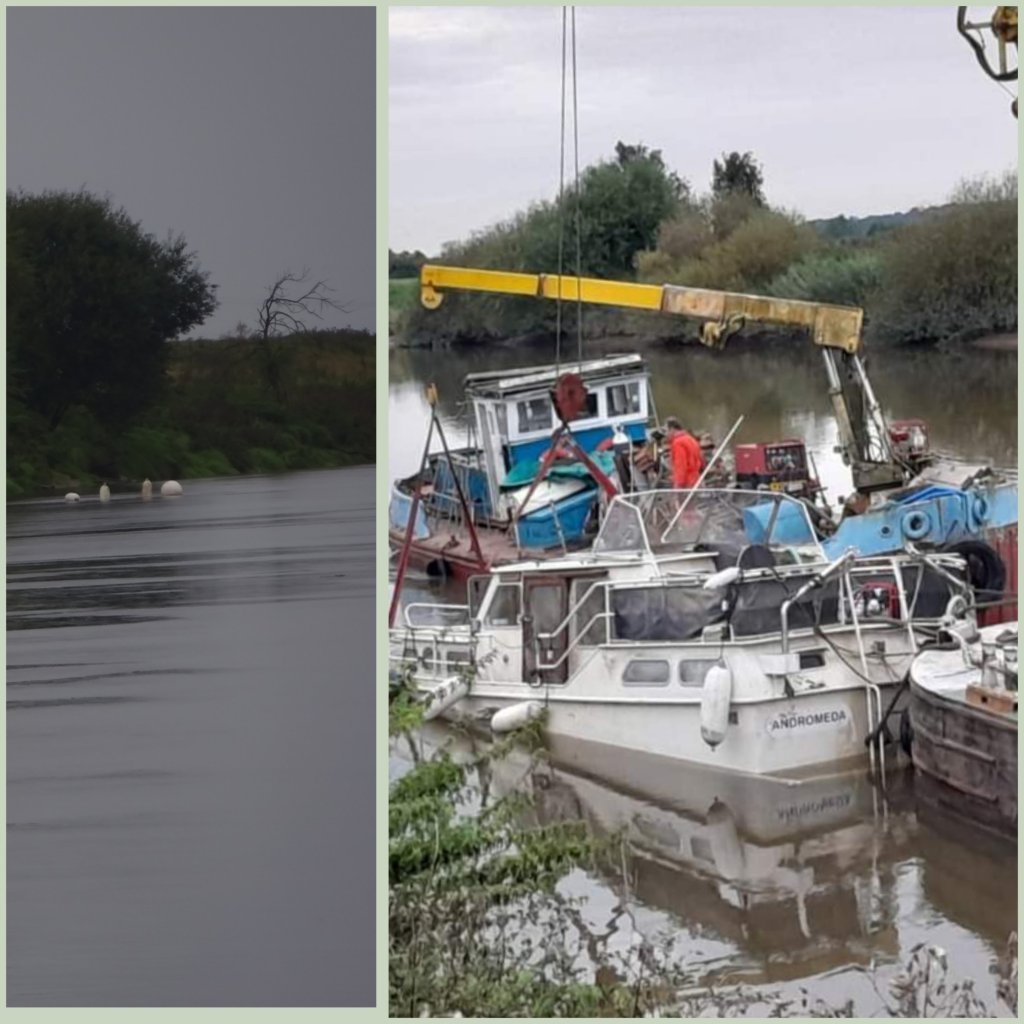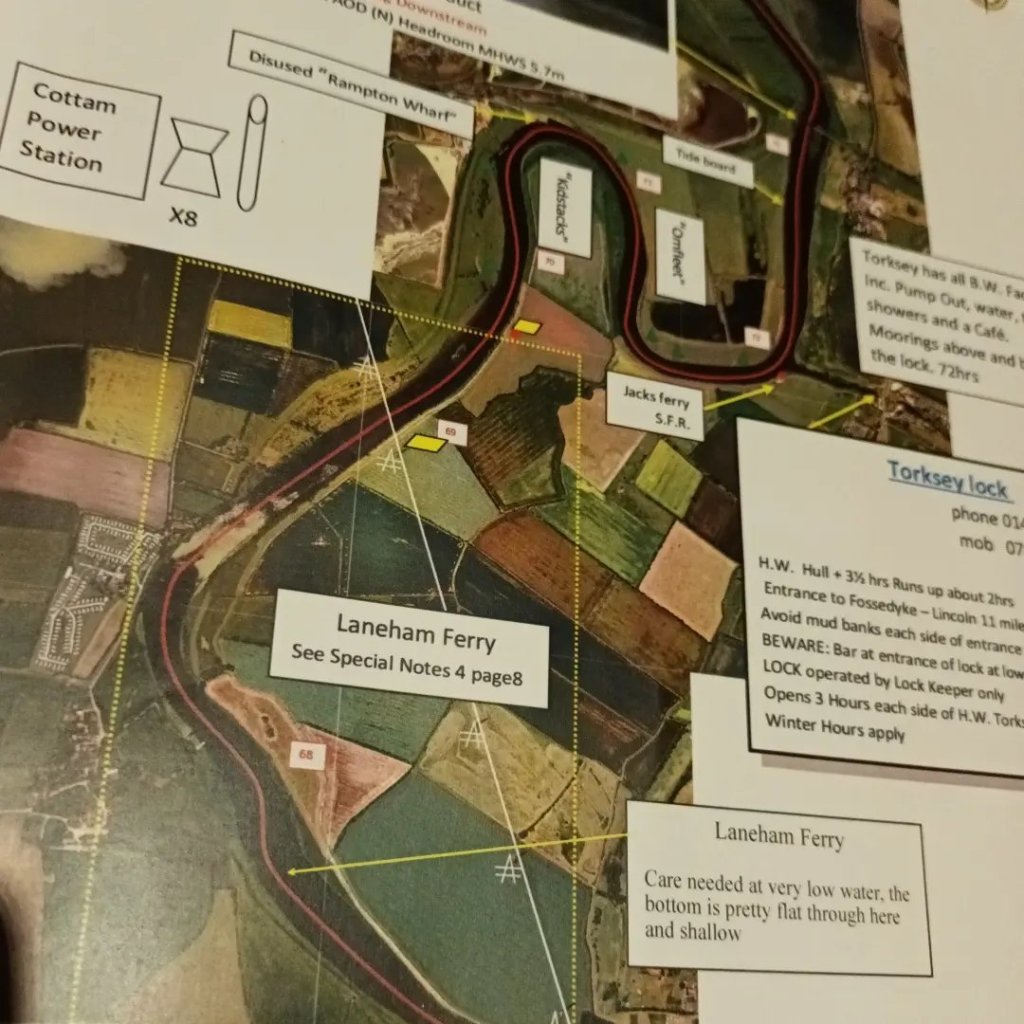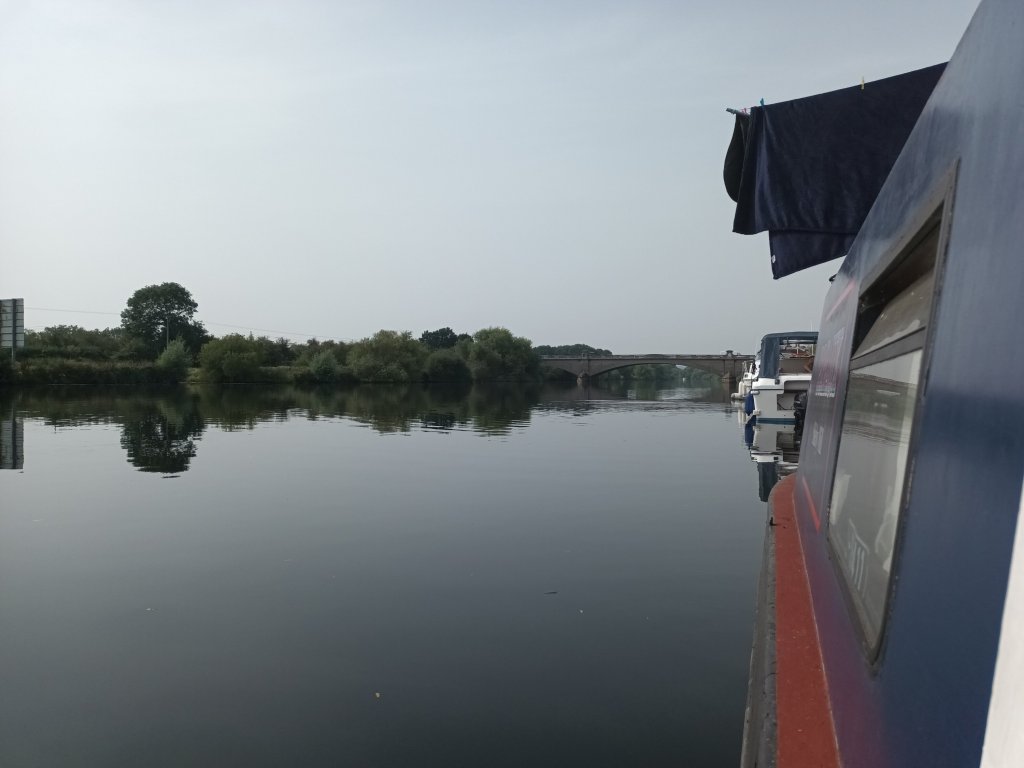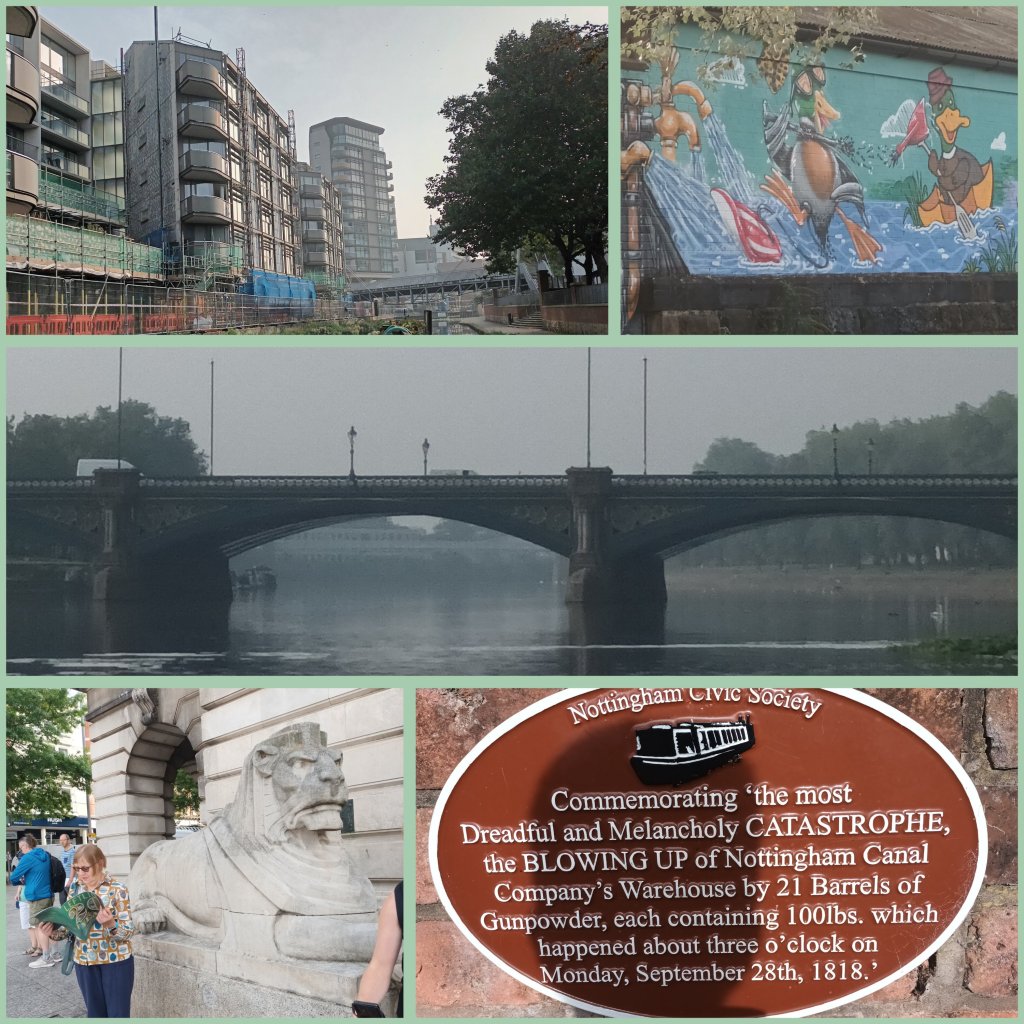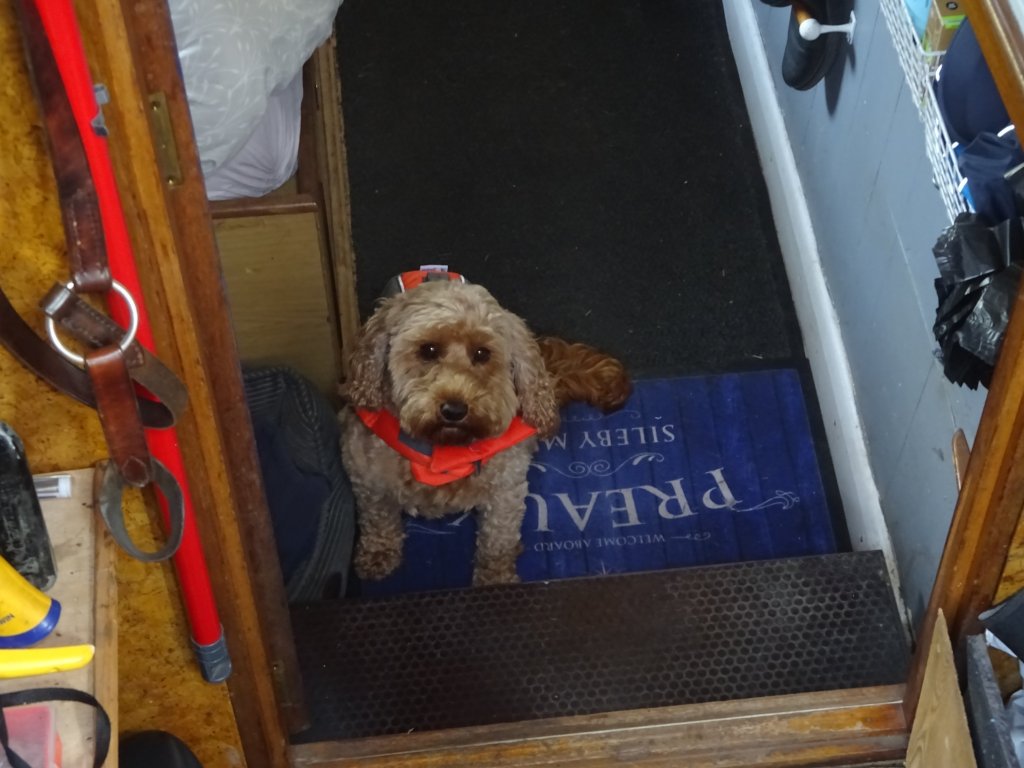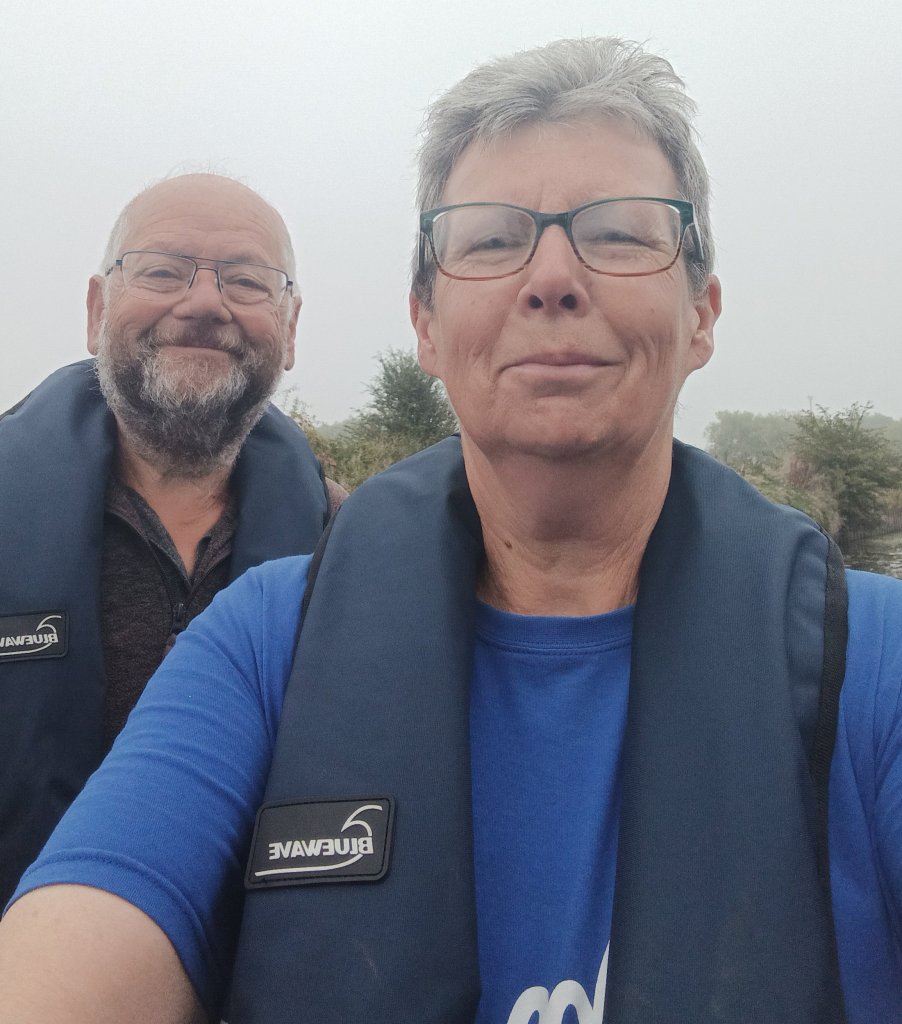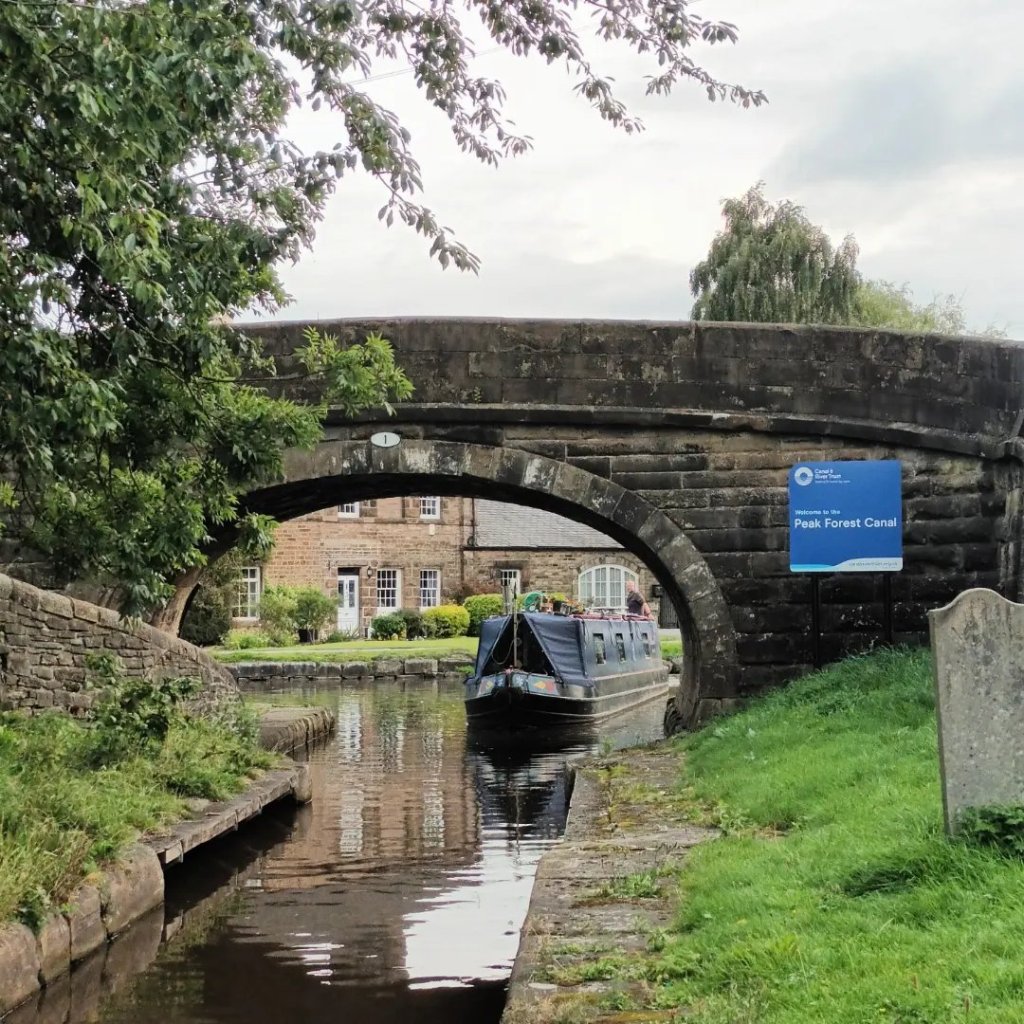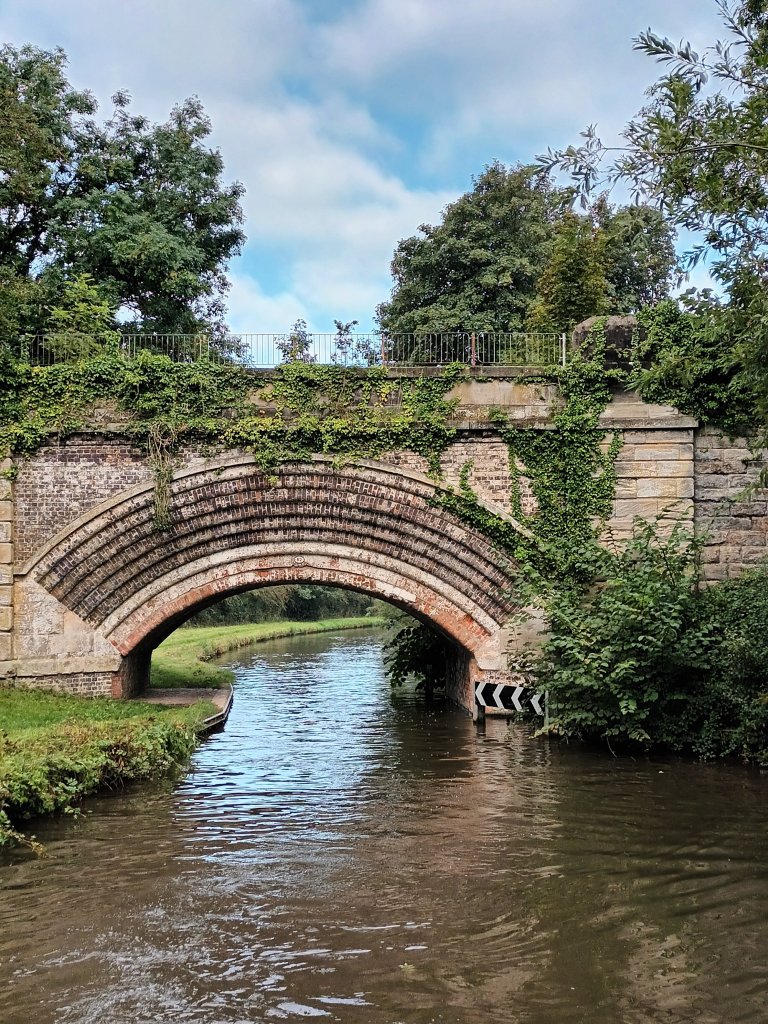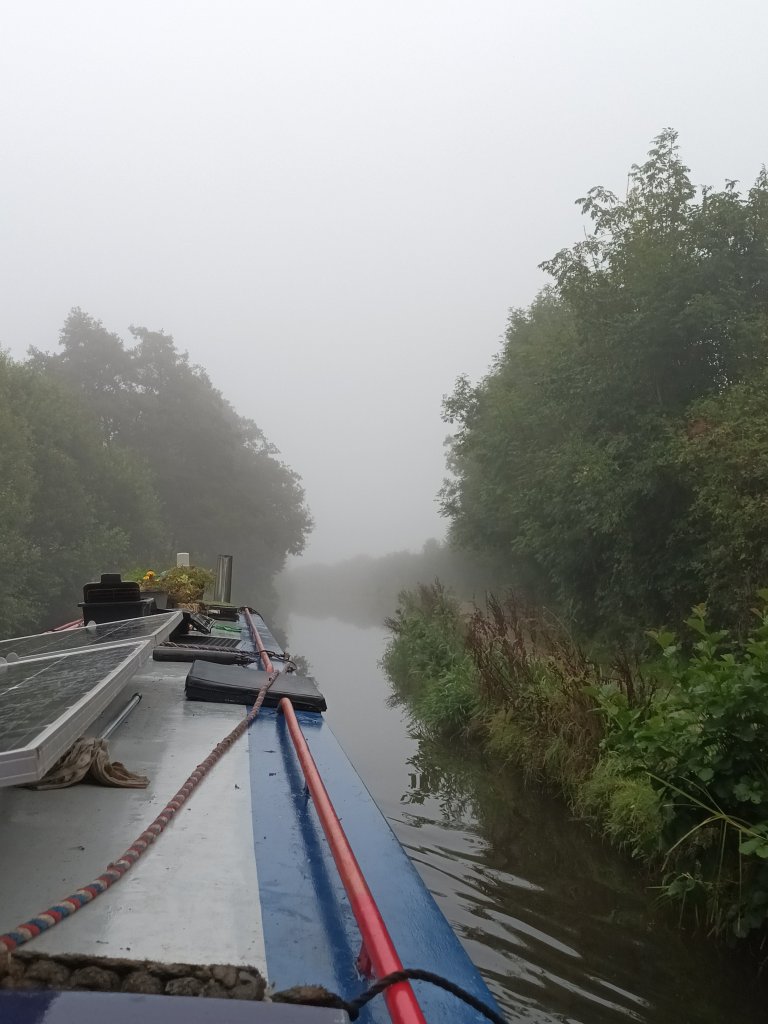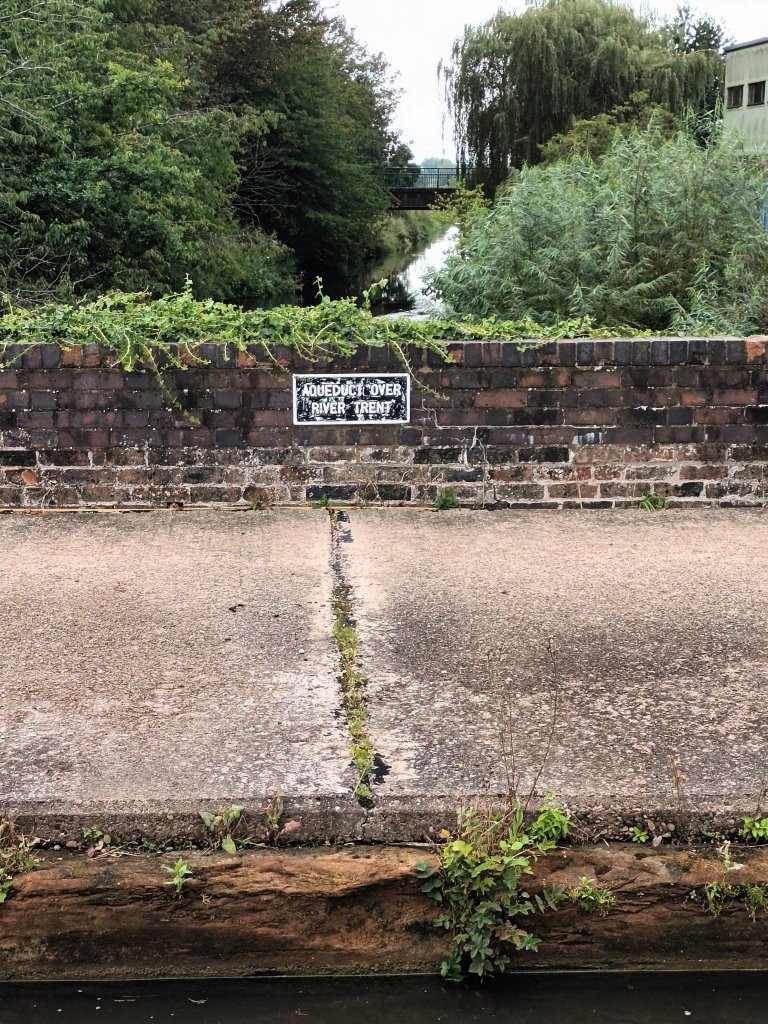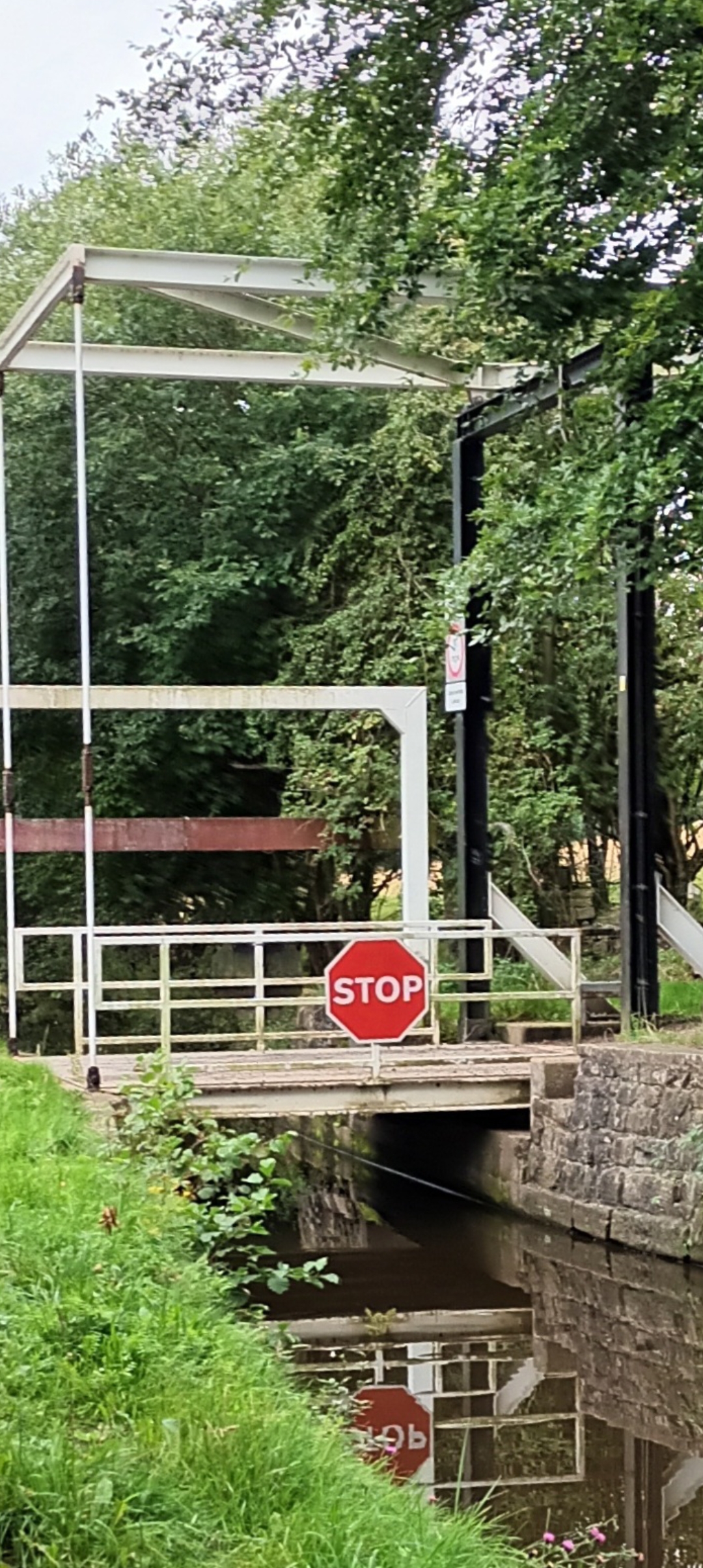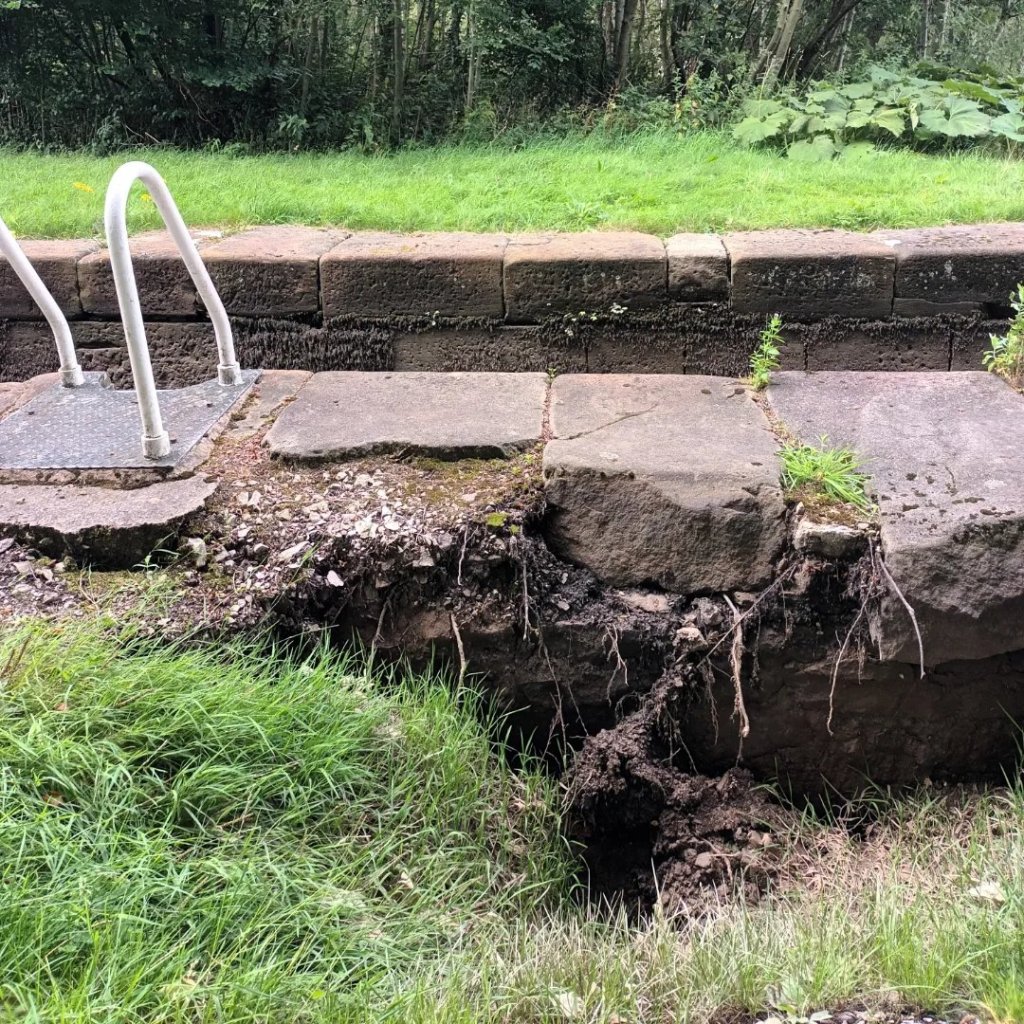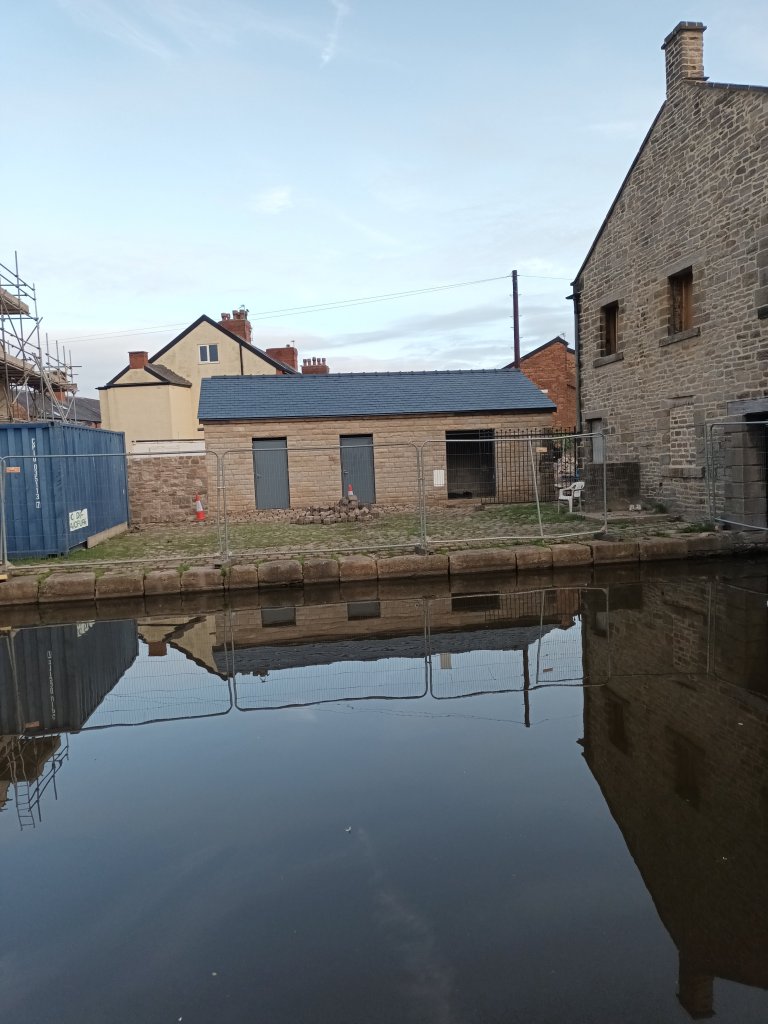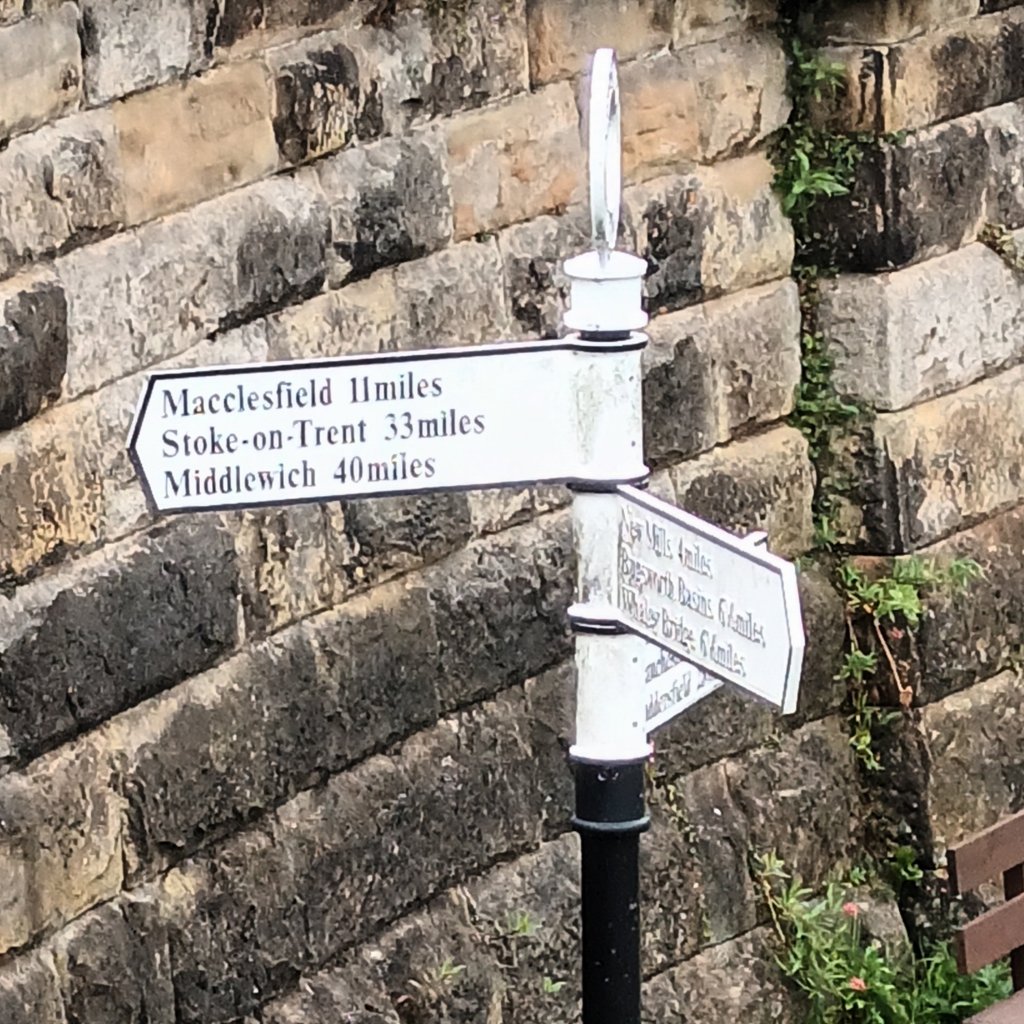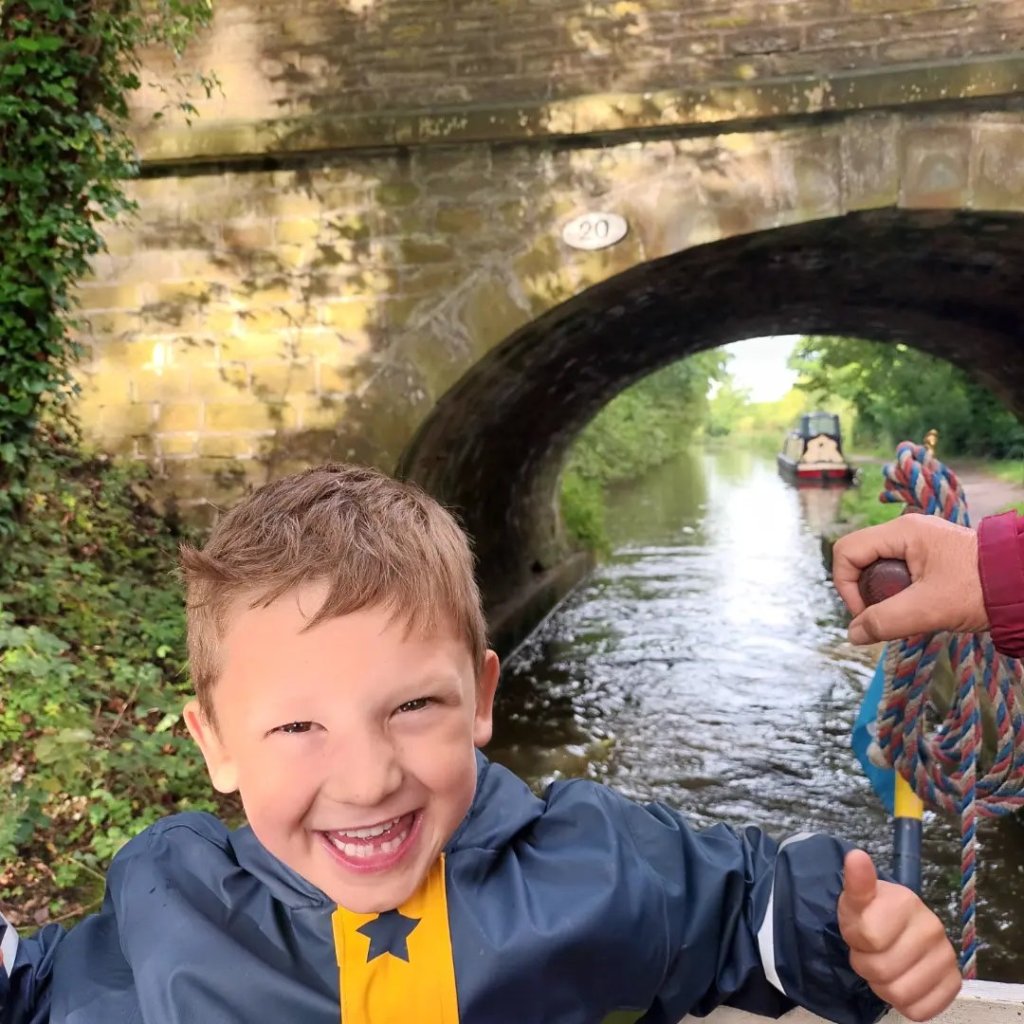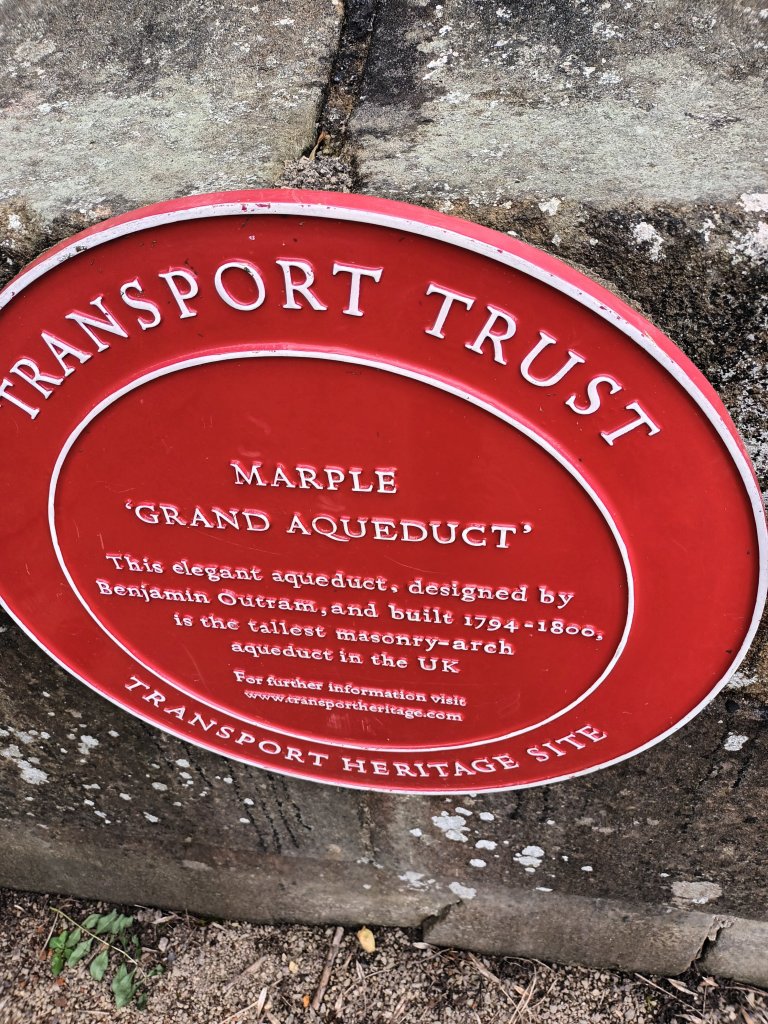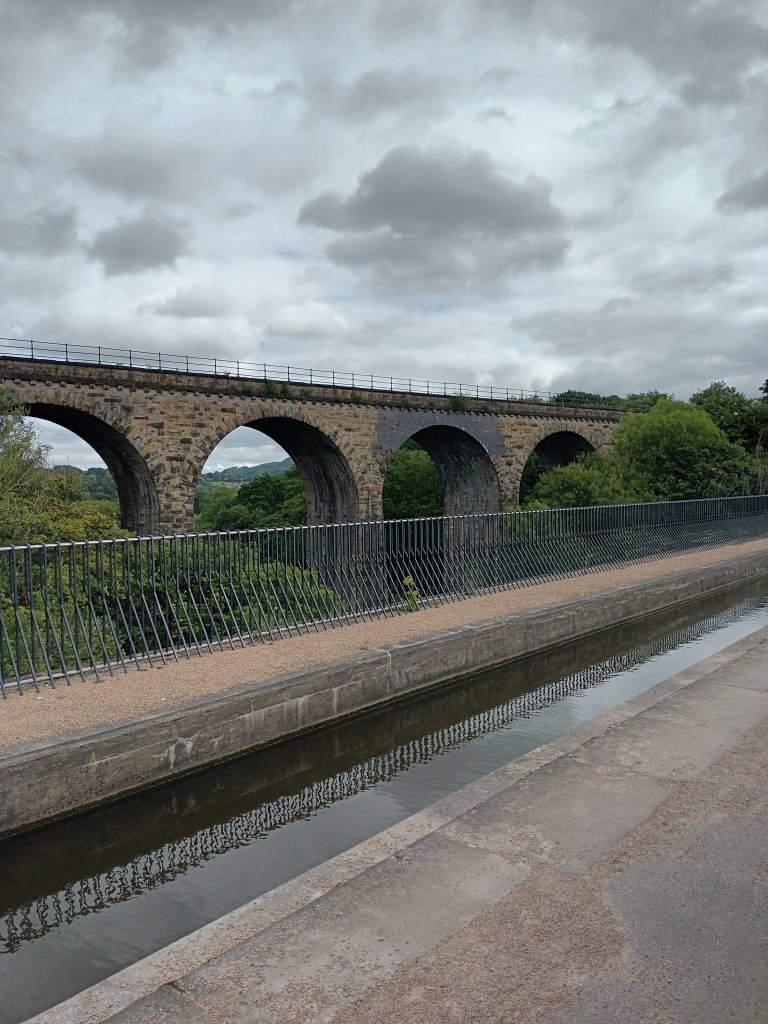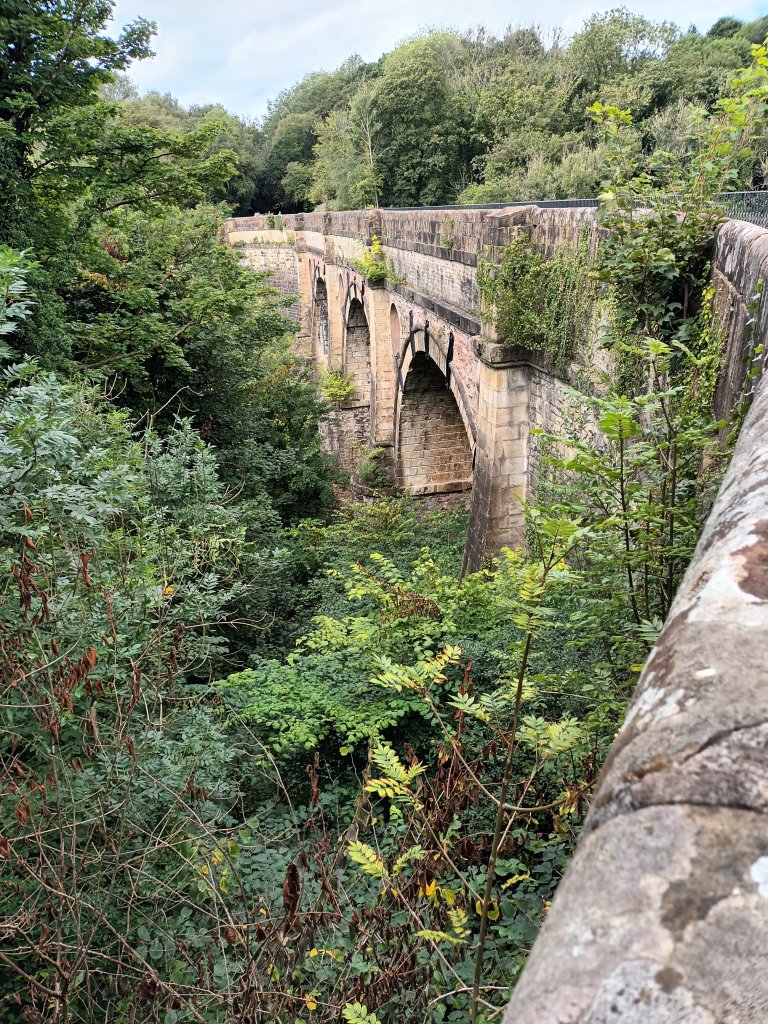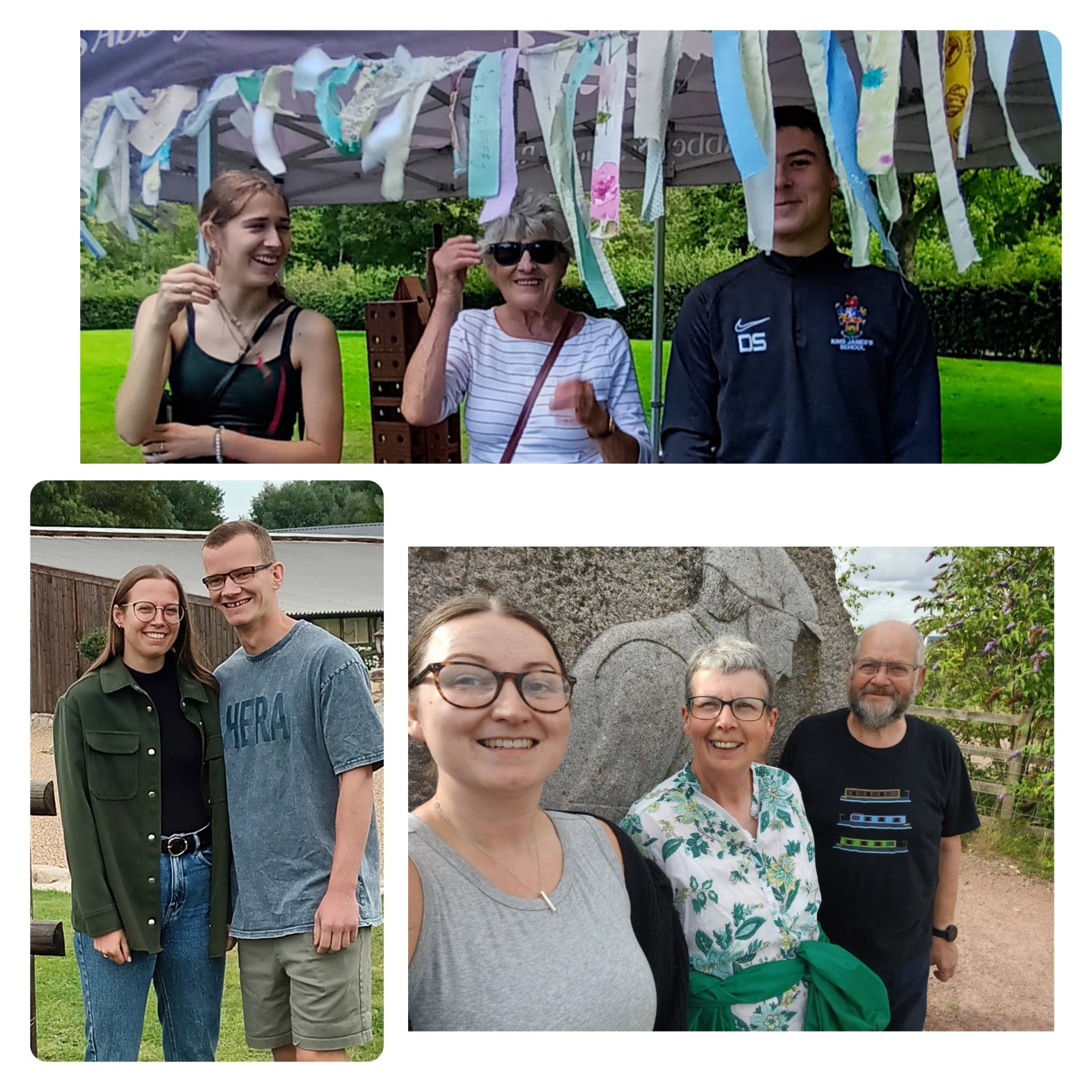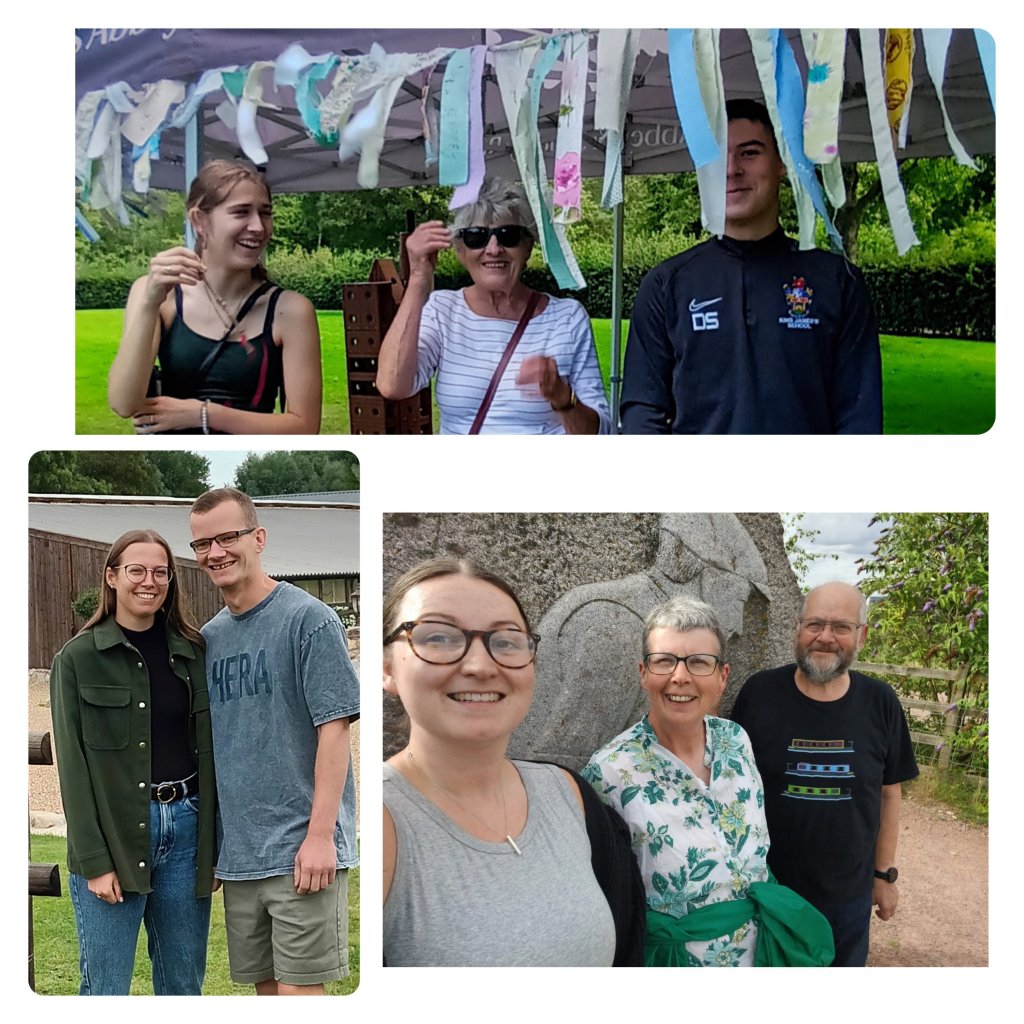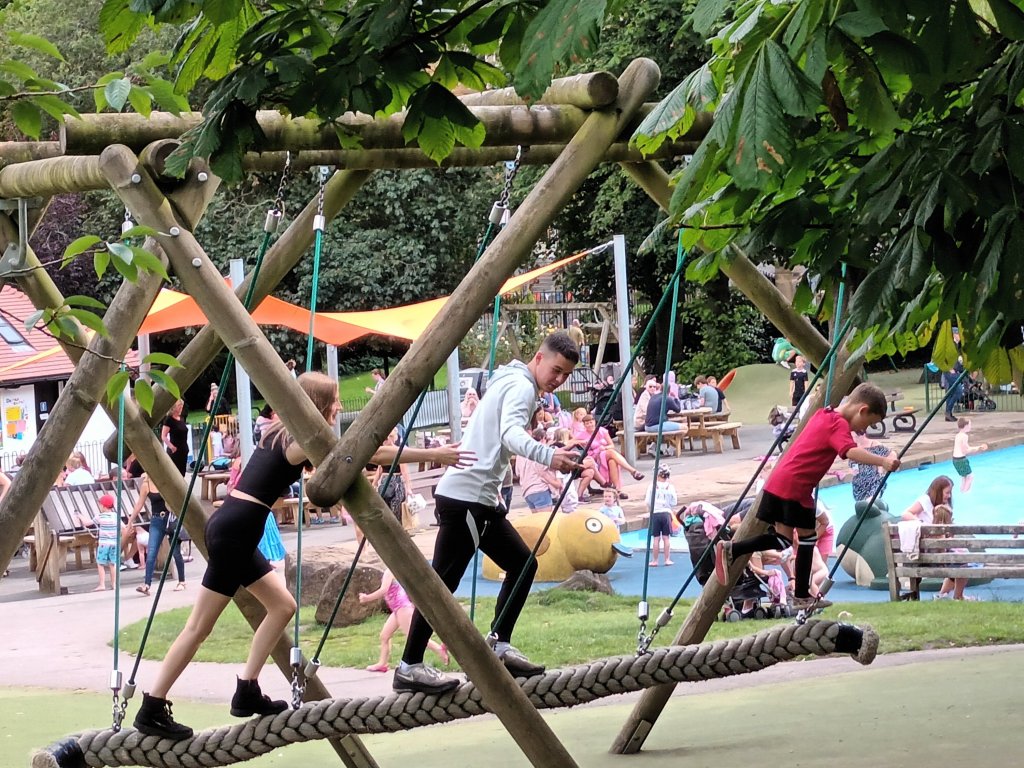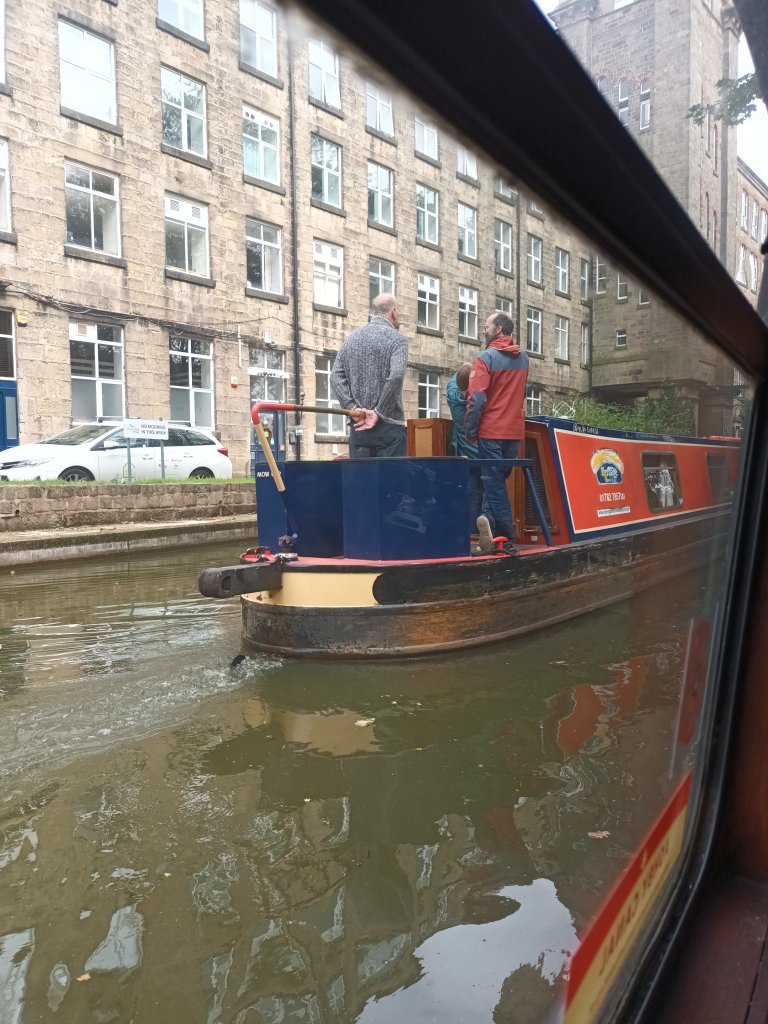This week, after months of trying, we completed our journey down the Rochdale Canal. It was the only one of the three trans-Pennine canals we had yet to navigate.
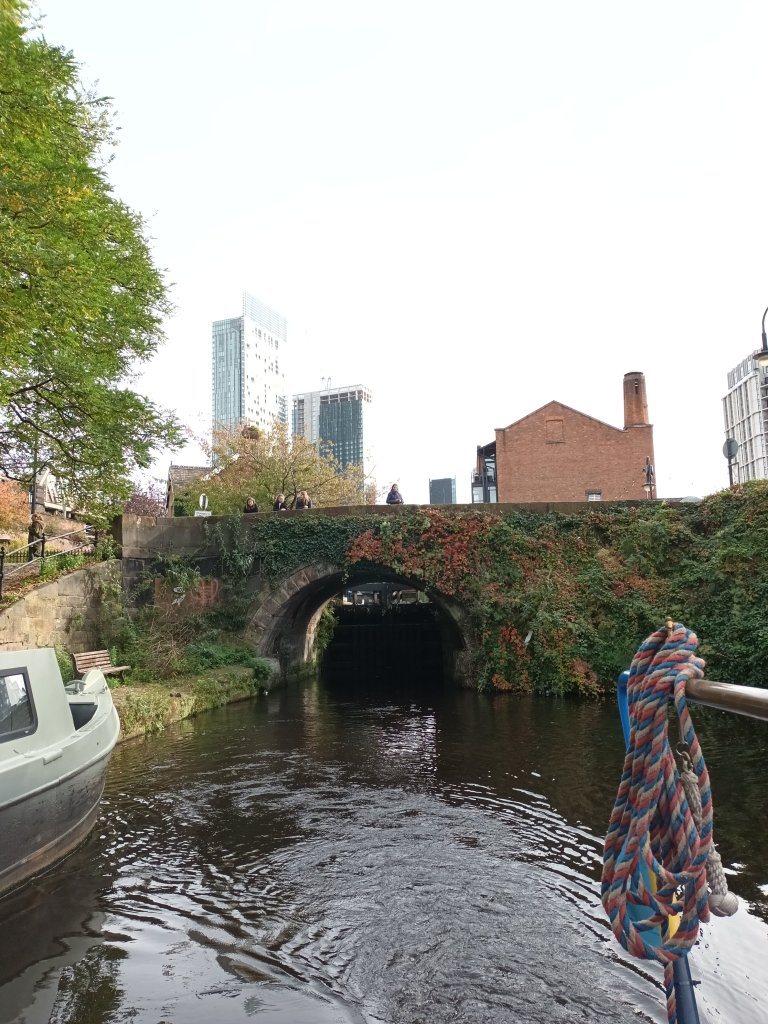
It has been a passage that has taught us much about the benefits of physical effort, determination, and making up our own
minds, making our own decisions.
It’s important to put the Rochdale Canal into context. At just 32 miles and 91 wide locks (locks built to accept 2 boats at once), it is physically challenging to travel, particularly if you want to travel it quickly. (If you have the chance to take time on it, it will repay you).
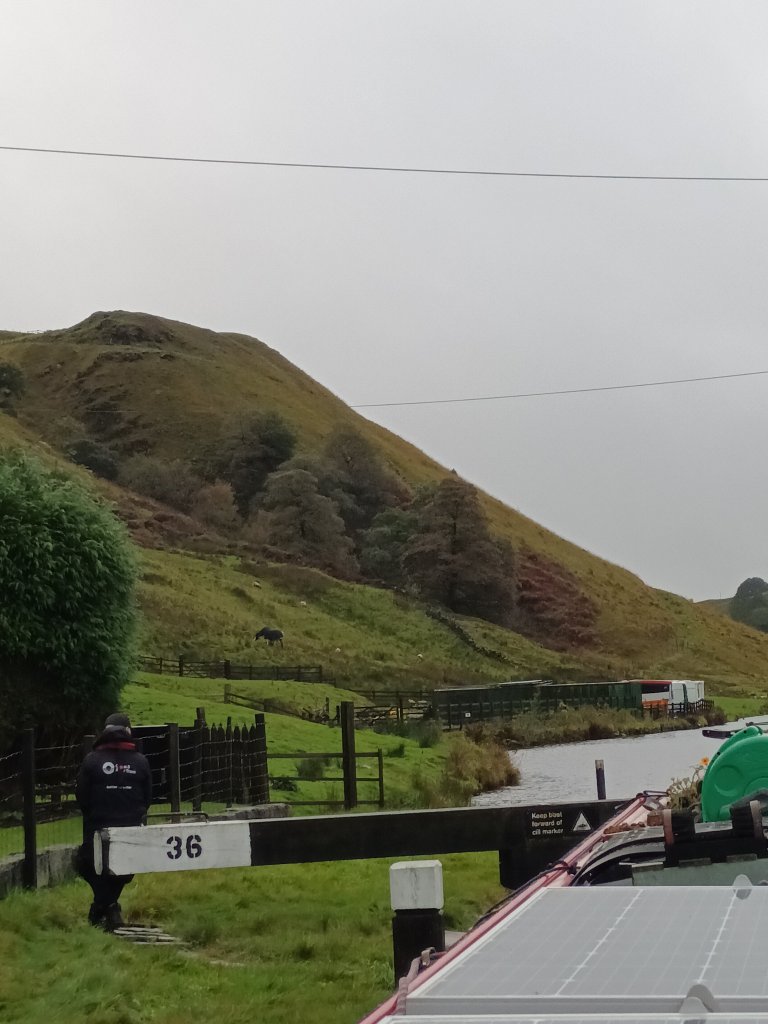
It drapes across the country like bunting ribbon, settlements hanging from it at regular intervals with rarely a long gap, so there are many places to explore, not least the famed ones of Hebden Bridge and Todmorden.

The canal originally opened in 1804, hailed as the only way to cross the Pennines without the need for long tunnels that caused
construction delays on the other routes (Huddersfield Narrow and the Leeds
and Liverpool. The challenge for the boats using the Rochdale was water, so seven reservoirs were built to support the passage of coal, textiles and agricultural produce. Road haulage and the decline of textile
industries sounded the death knell for the commercial operation of the waterway
and it closed in 1952.
Volunteers who led the campaign to reopen it had a vision to regenerate the bunting pennants along the canal, bringing new traffic of tourists, holiday boating and giving boaters wanting the chance to stay along its route an opportunity to do so. They had numerous challenges to overcome with ingenuity that included in one case creating the deepest lock in Britain. Tuel Lane Lock in Sowerby Bridge at 19ft 6 inches replaced two former locks built over after the canal closed.

In 2002 after years of campaigning, restoration working parties, fundraising, and vision, the canal reopened, and yet the struggles of the Rochdale have not ceased. When we first headed for it in July this year, we were prevented from navigating it because of problems leading to a lock at the Manchester end of the canal being closed for 2 months. We tried a huge detour to get onto part of it, were held up and finally stopped in that bid by more lock issues. It appears from the stoppages data for this year so far on the Rochdale, there have been only 6 mechanical issues with locks causing delays, and most were repaired within 2 or 3 weeks. If you are travelling gently that can result in pleasant exploration time if held up.

This year, there have been 10 Rochdale stoppages because of water shortages (it seems ridiculous writing this amid the downpour of Storm Babet). Undertaking the route in October worked for us in that respect – plenty of water with overflowing locks in many cases.
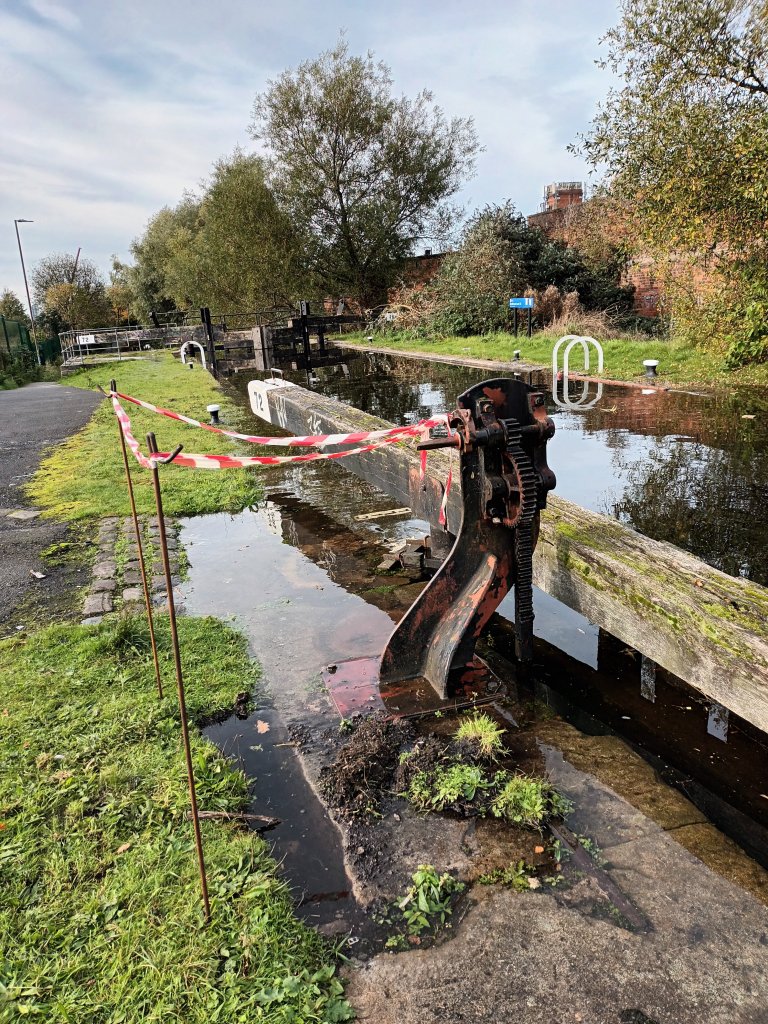
The Rochdale struggles in many ways – being physically demanding for boaters, lacking water resources in late Spring and Summer, mechanical issues and also because of damaging hearsay. Via social media we had heard much negativity:
“It almost broke us. Lack of water and general maintenance. We’ve never struggled so much.”
“Dirty, poorly maintained, strewn with needles and capsules, urine infested and down right dangerous [in Manchester]”
“Constant trips down the weed hatch – rubbish, litter and shopping
trollies everywhere”
If we had listened only to these voices, we would never have enjoyed the sweeping hills, former mills, and beautiful woodland that the Rochdale Canal has afforded us these past weeks.
We would have missed little hamlets, small villages, beautiful stone settlements like Hebden Bridge and Todmorden and excitement of the city of Manchester. We would have learned less and missed much. Our life would have been emptier as a result.

It is important to hear other people’s perspectives, experiences and thoughts as part of our research through life, but we all need to make up our own minds, make our own decisions and remember that everyone’s perspectives, experiences and thoughts are based on their past which may have been very different to yours.
Nelson Mandela said: “May your choices reflect your hopes, not your fears.” The Rochdale Canal has taught us to journey on, making choices based on our hopes, not our fears, or those of anyone else.

